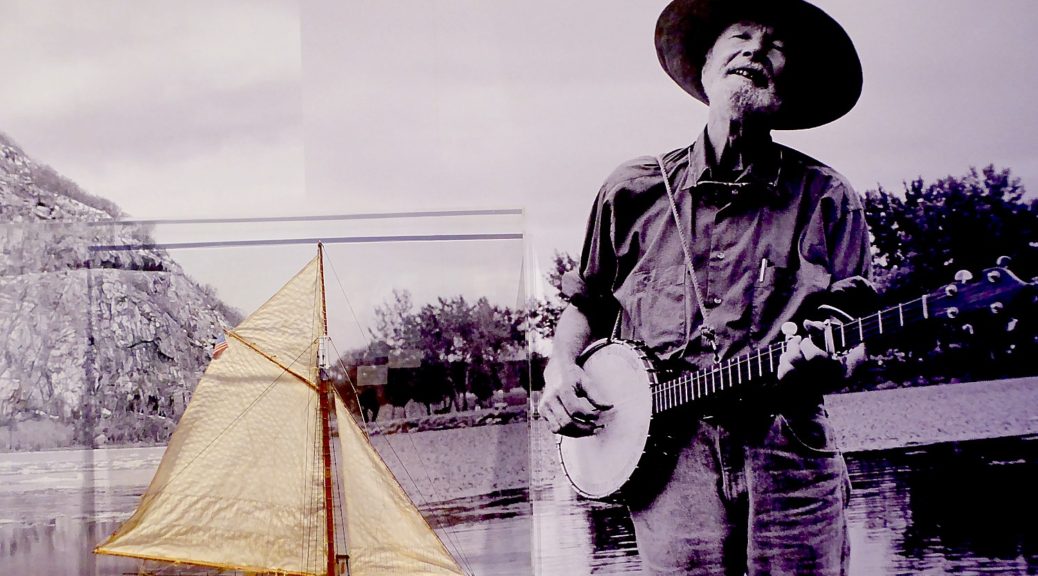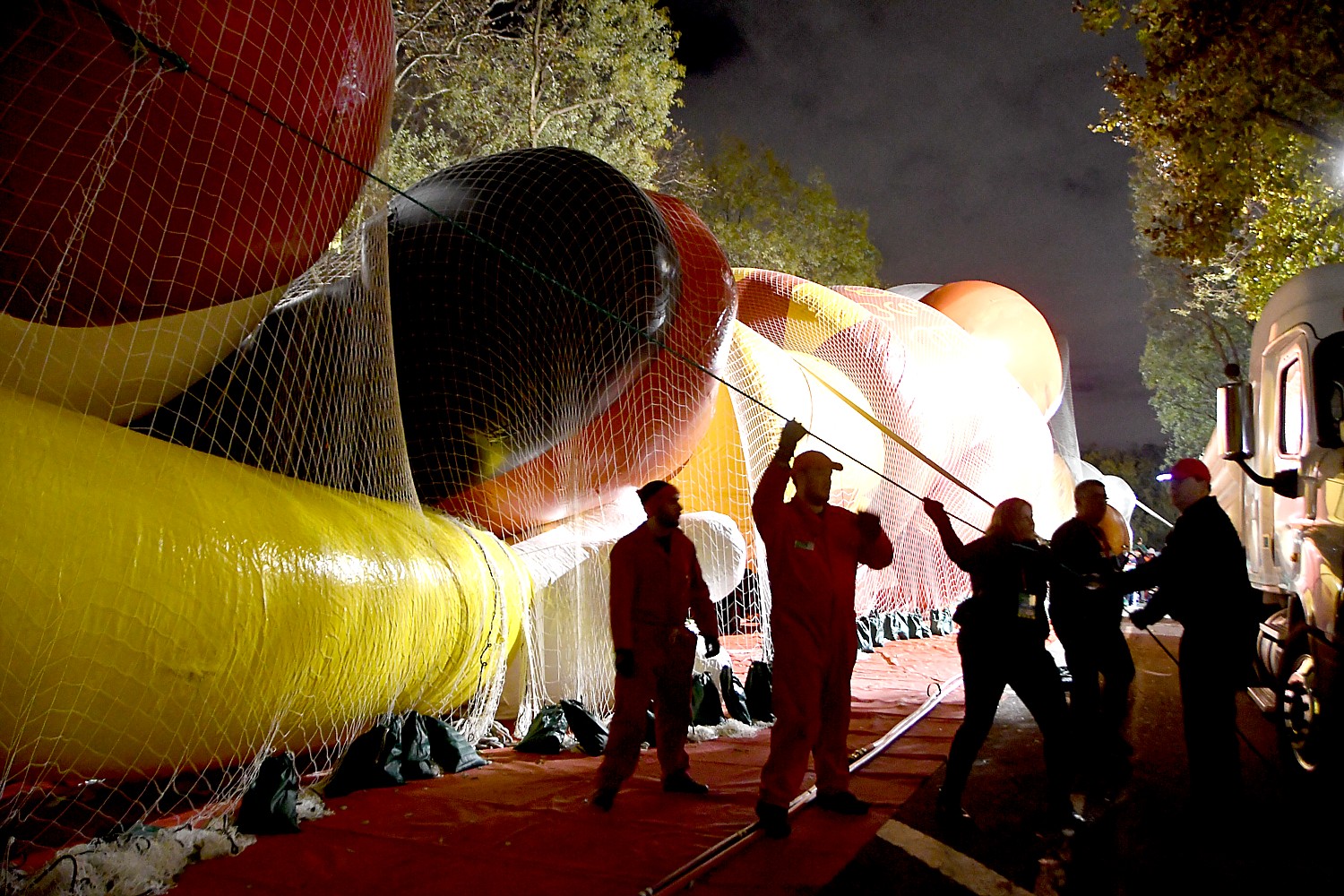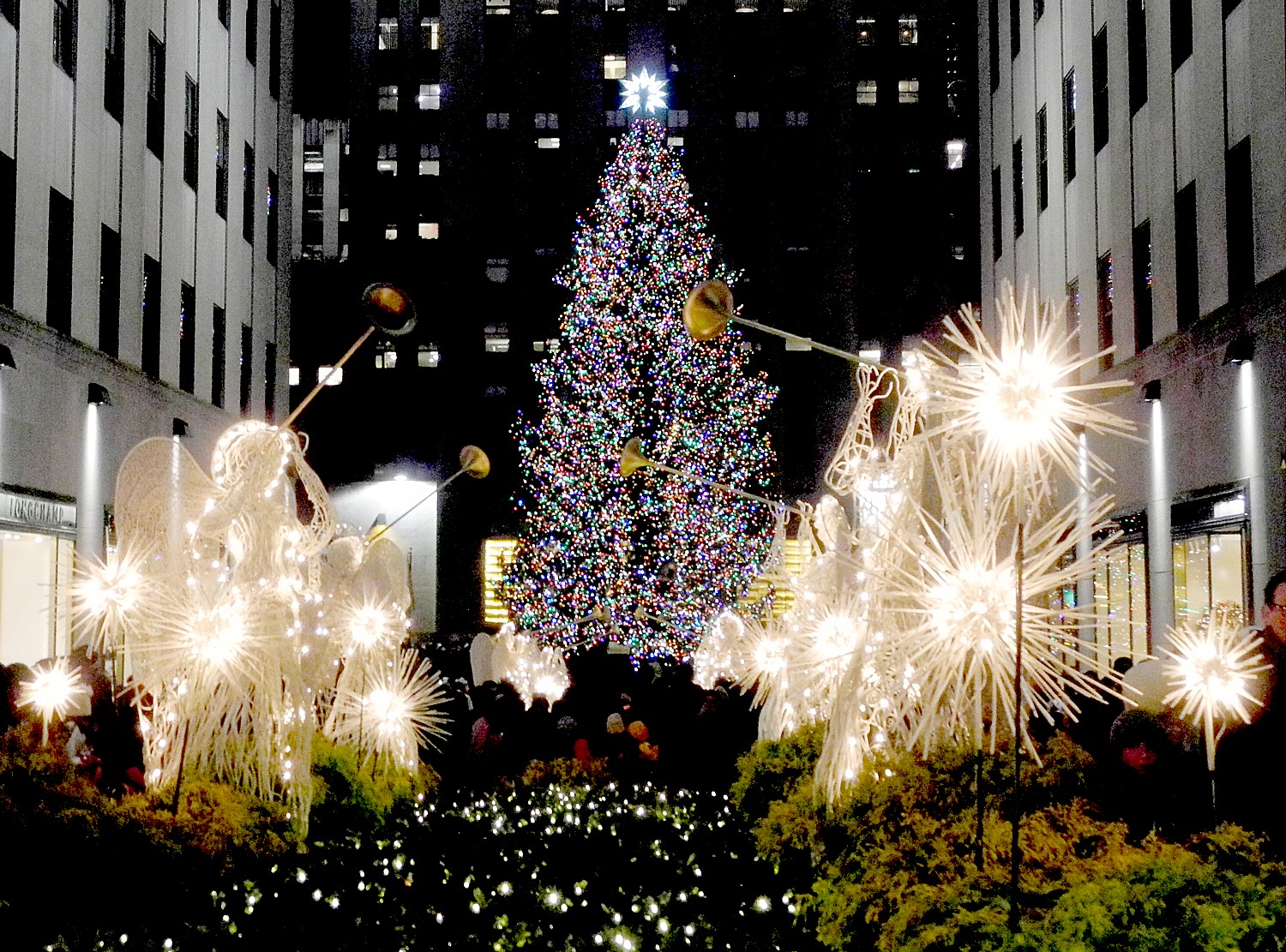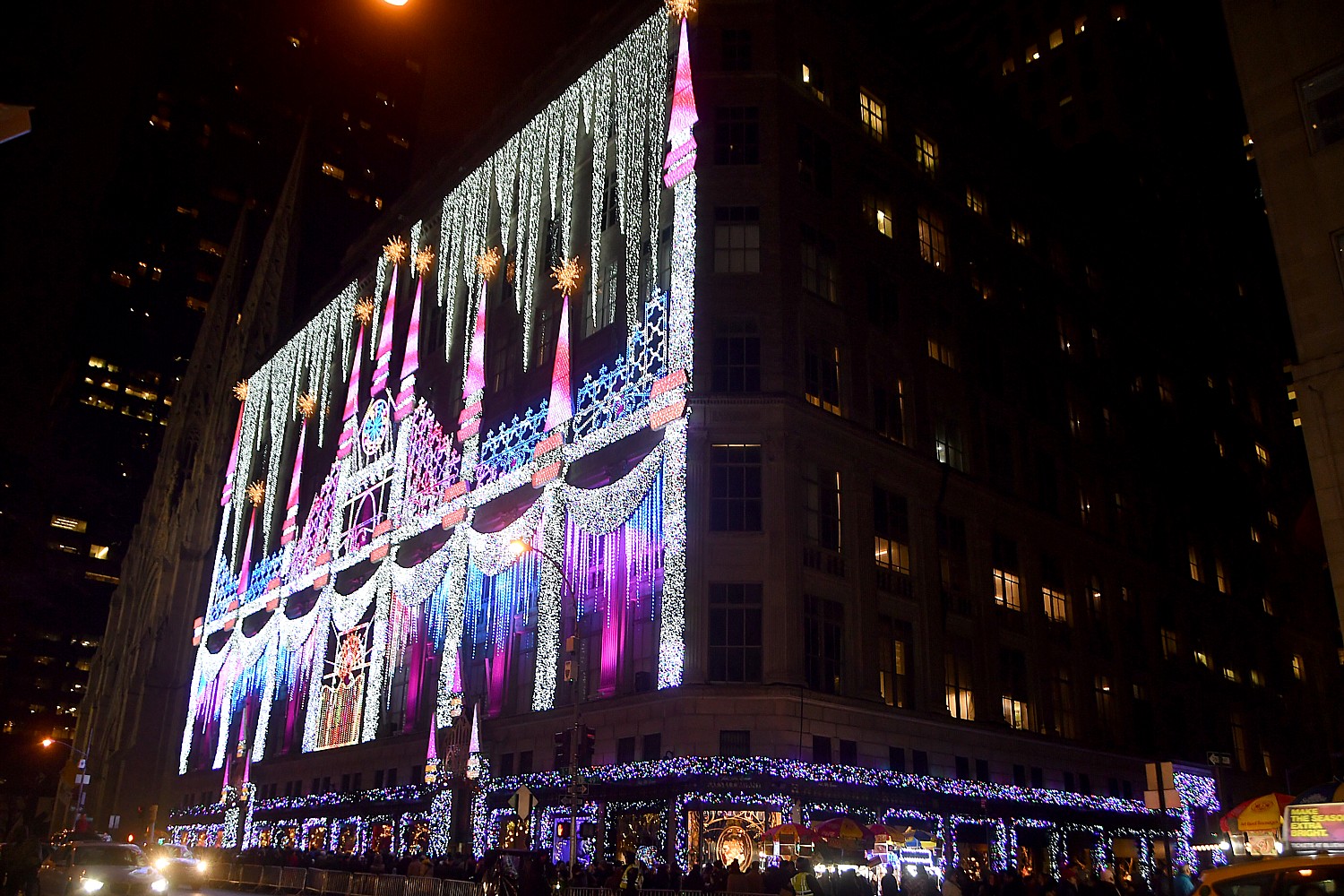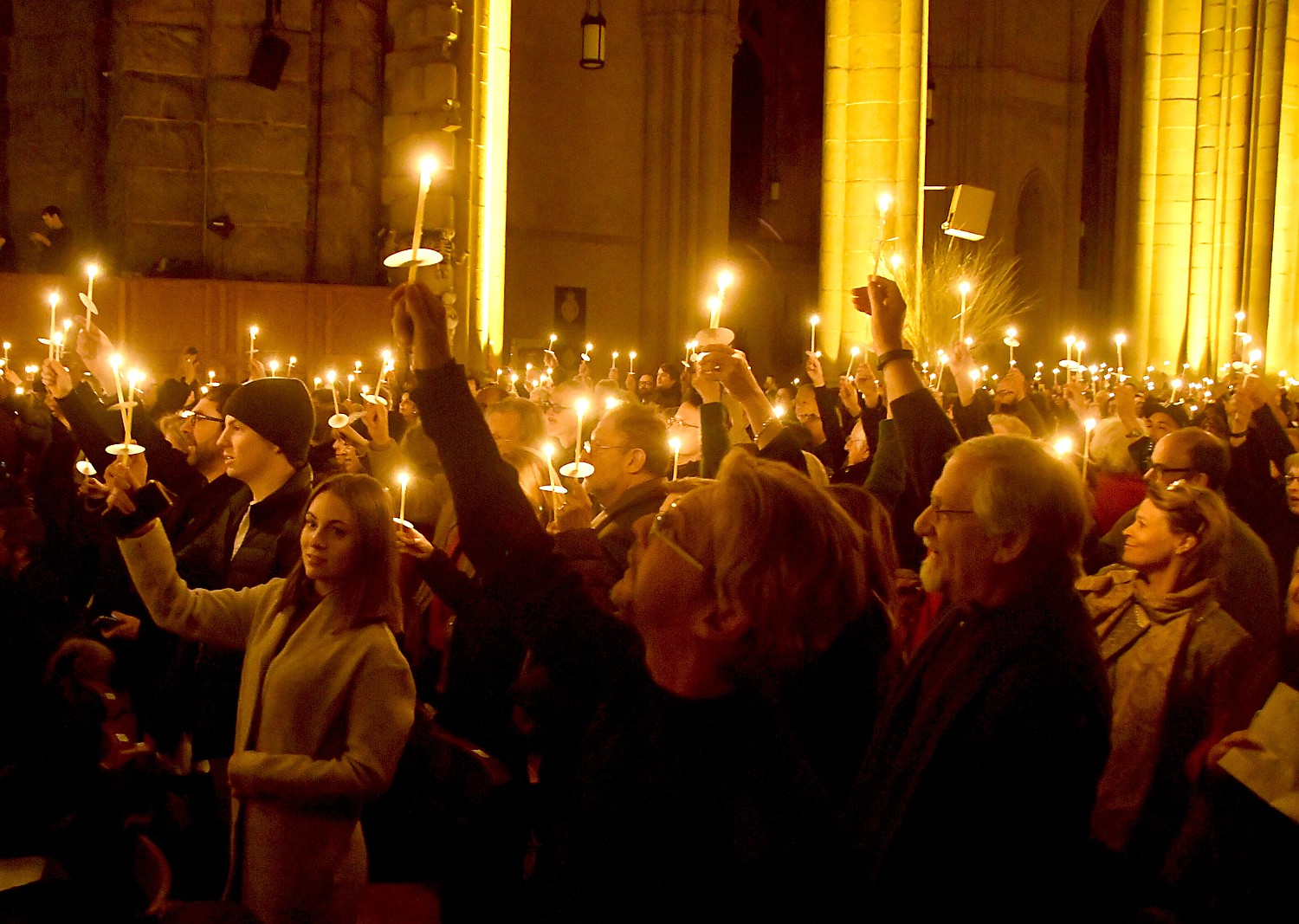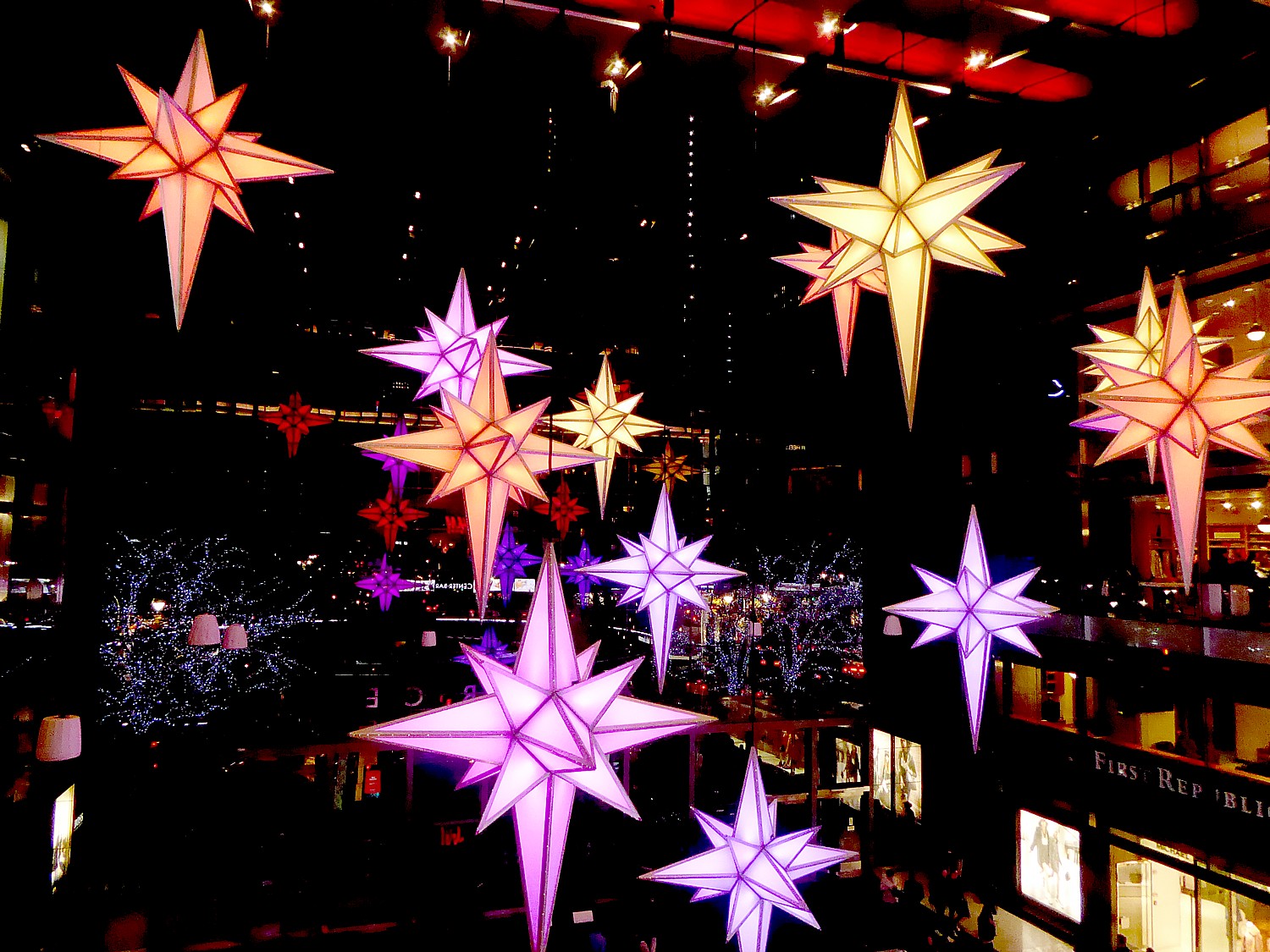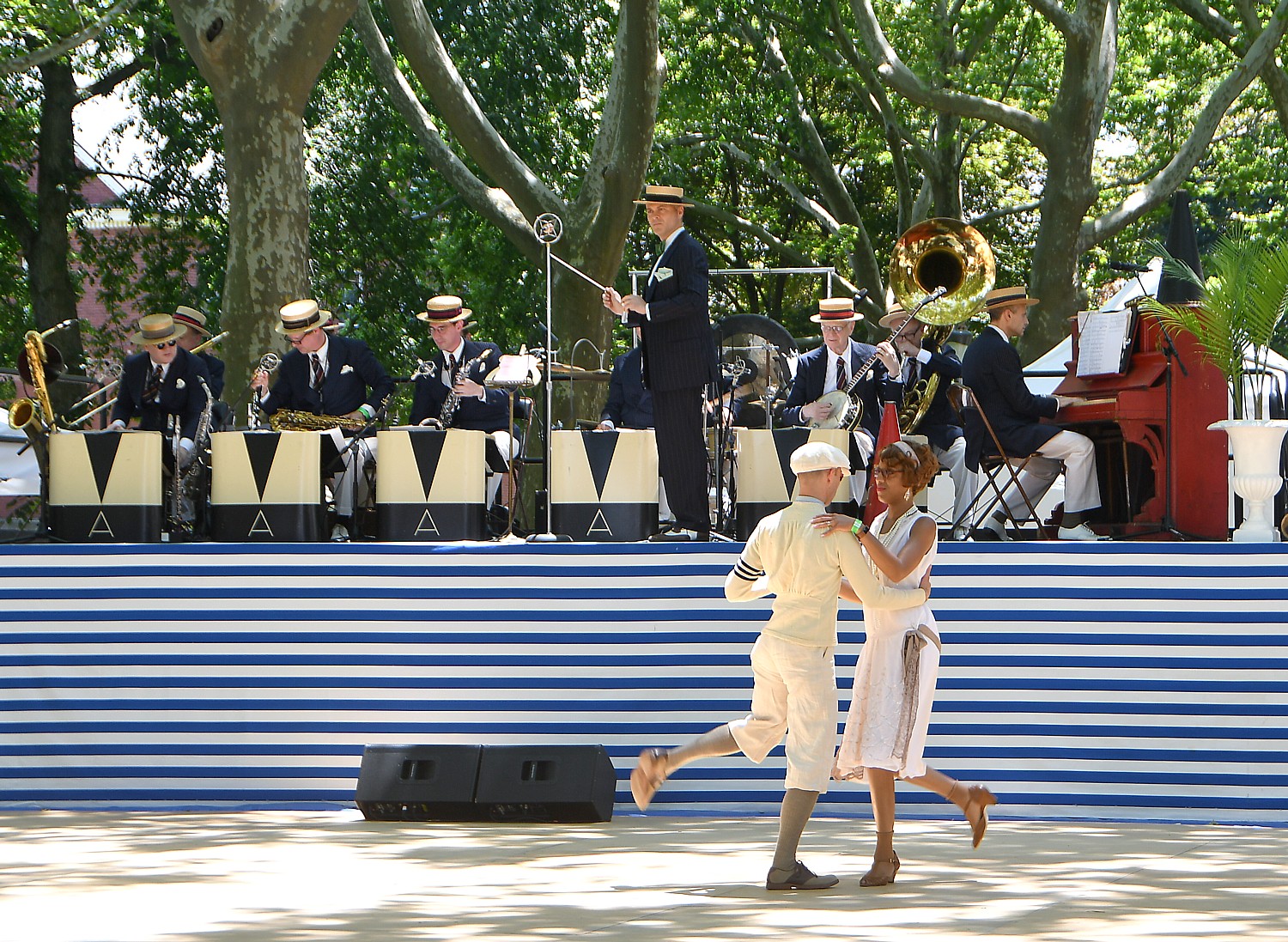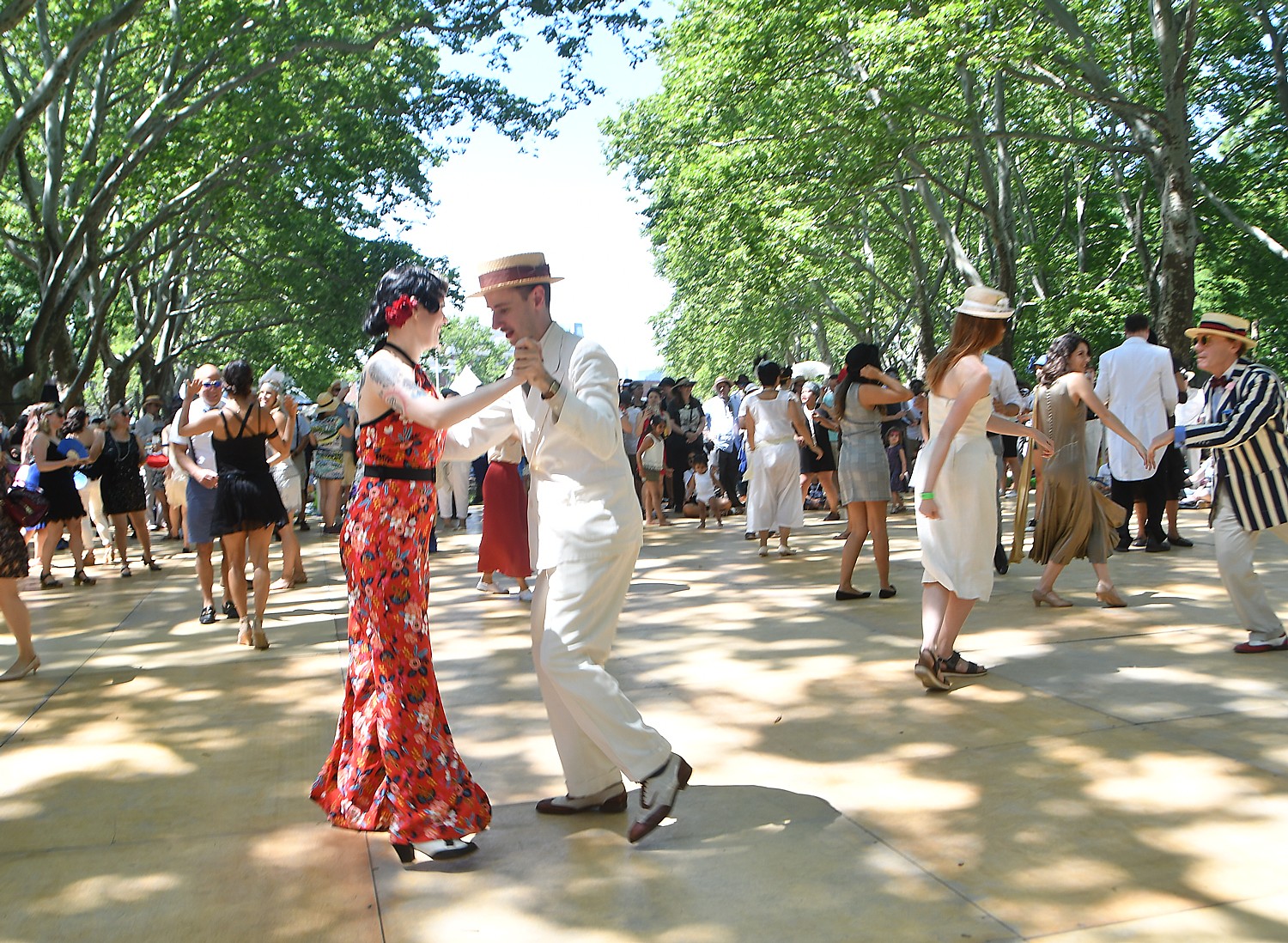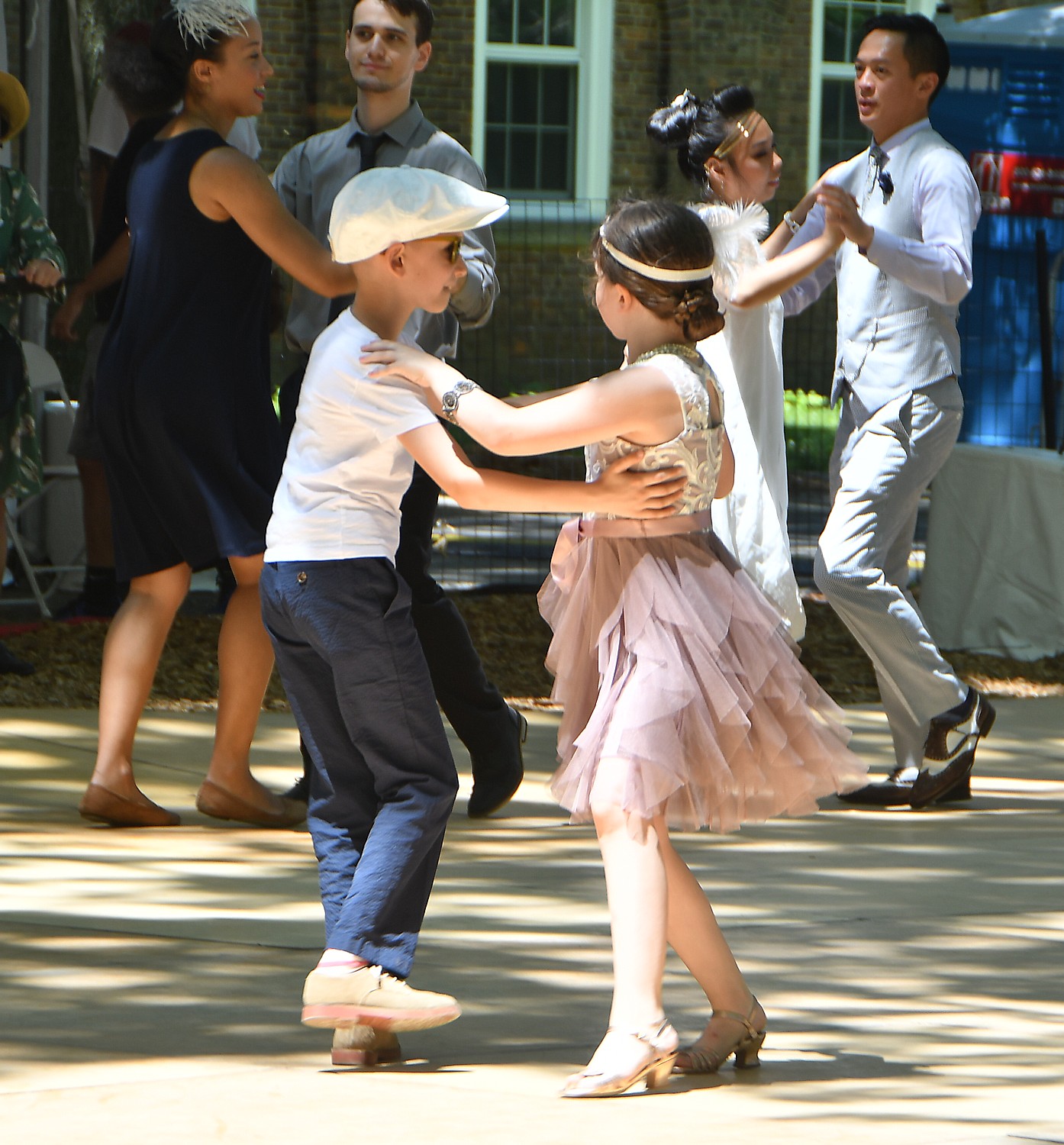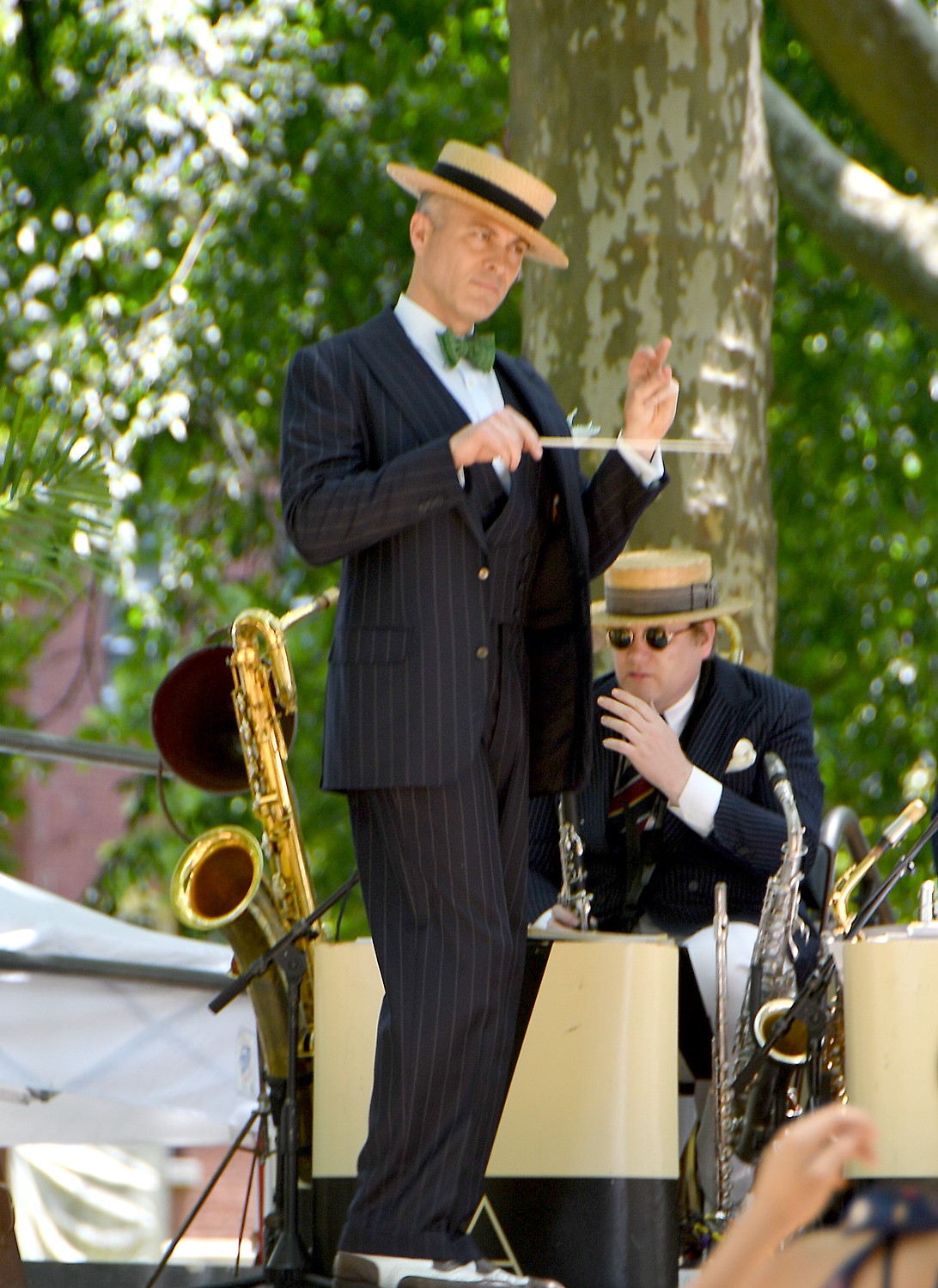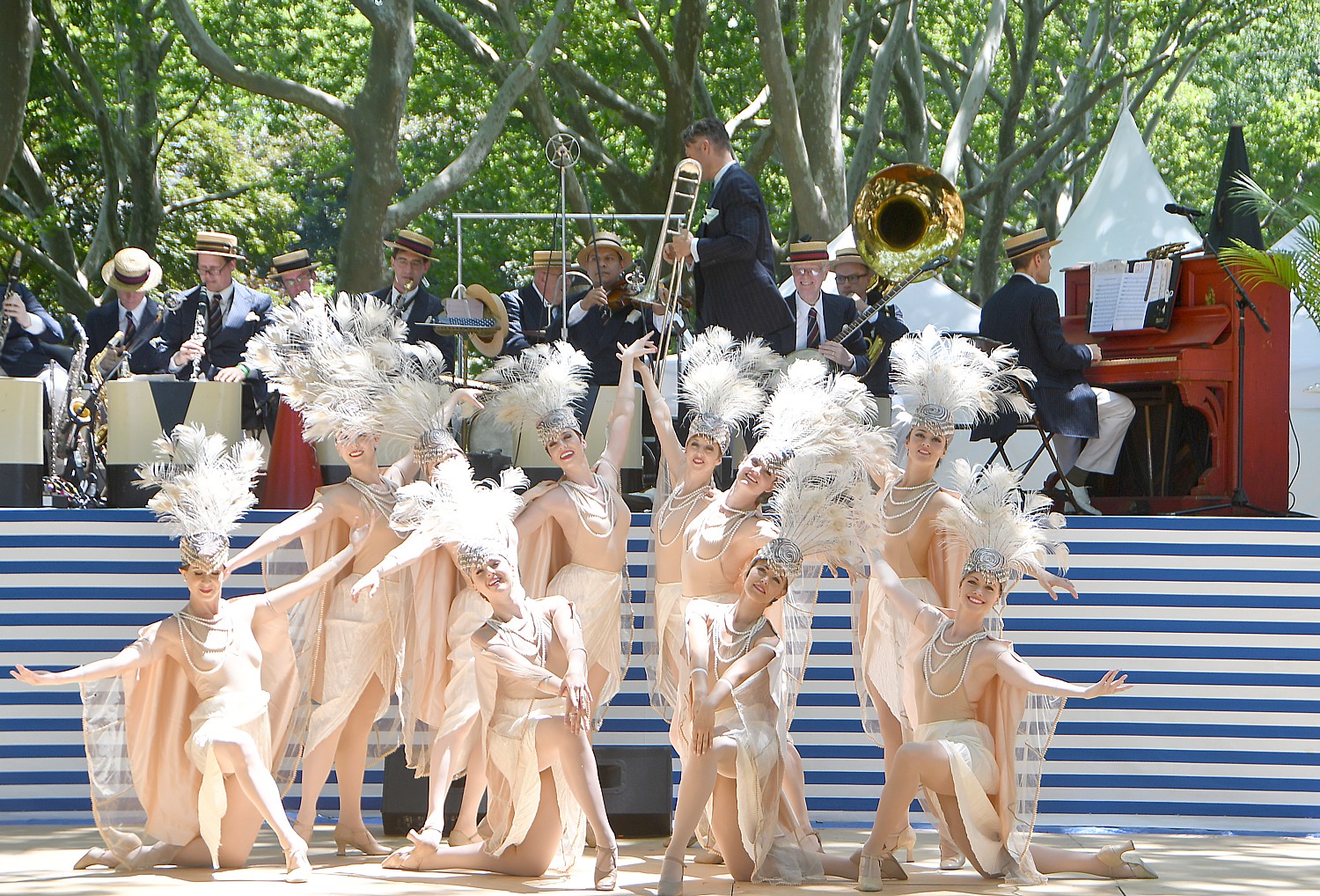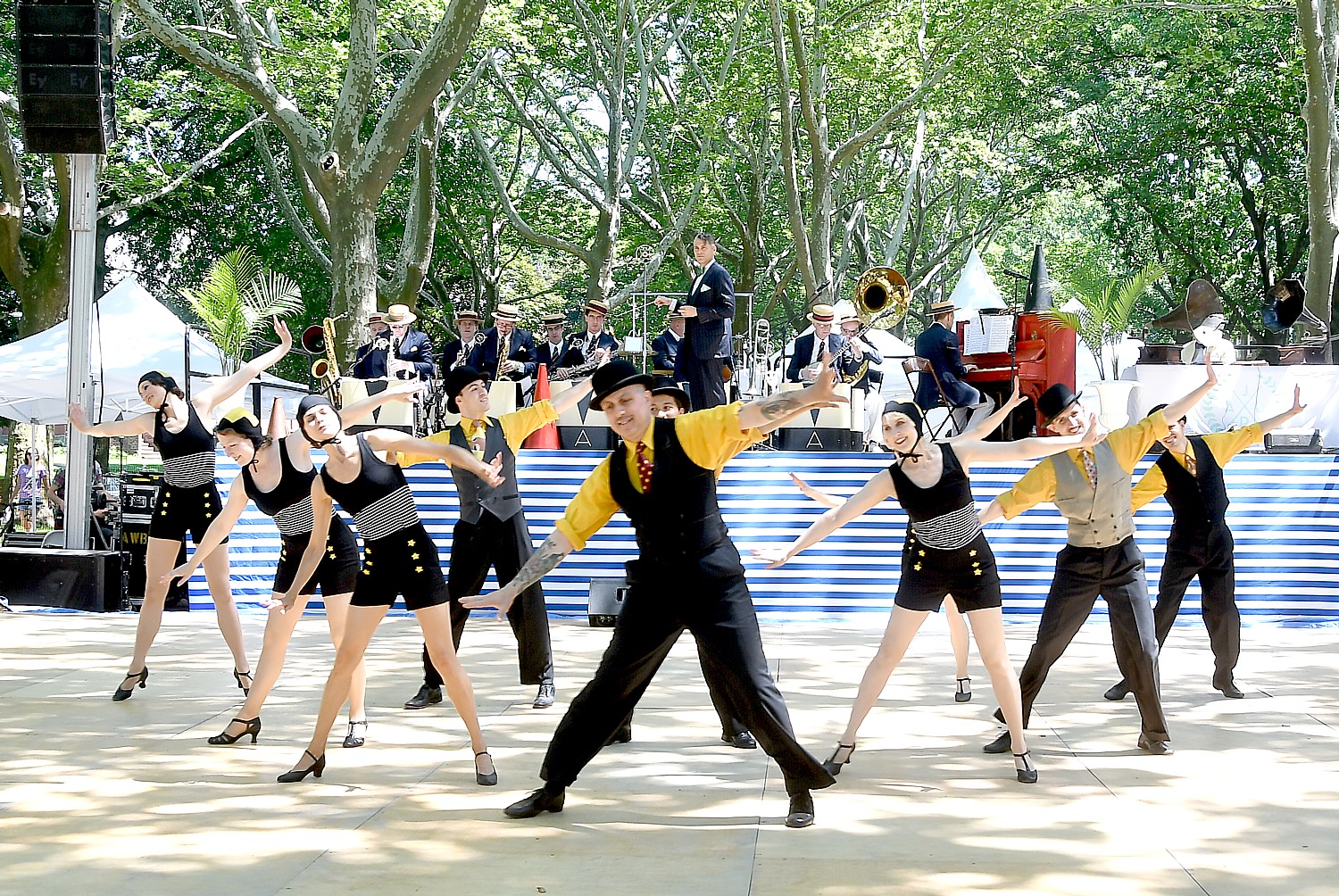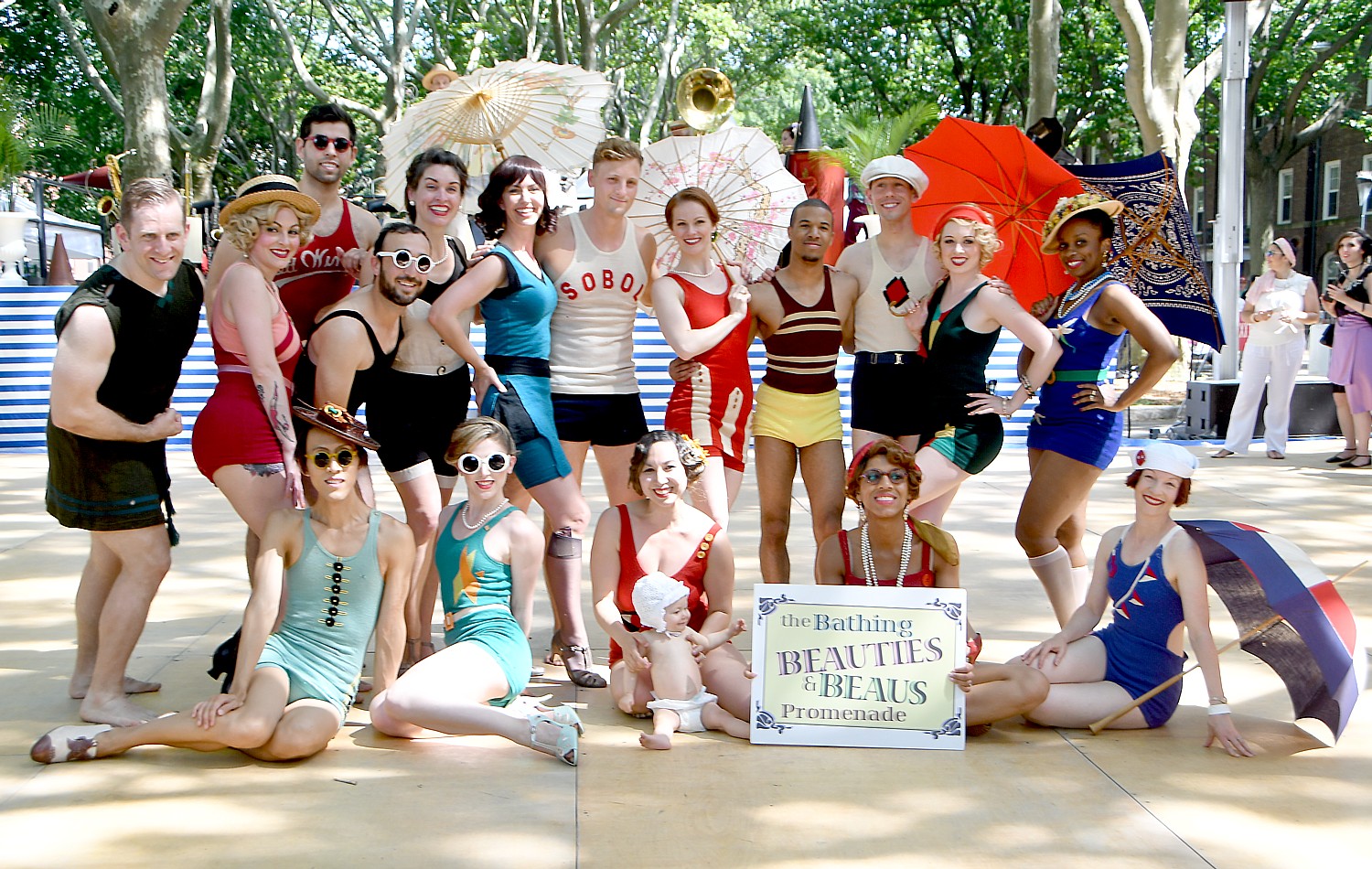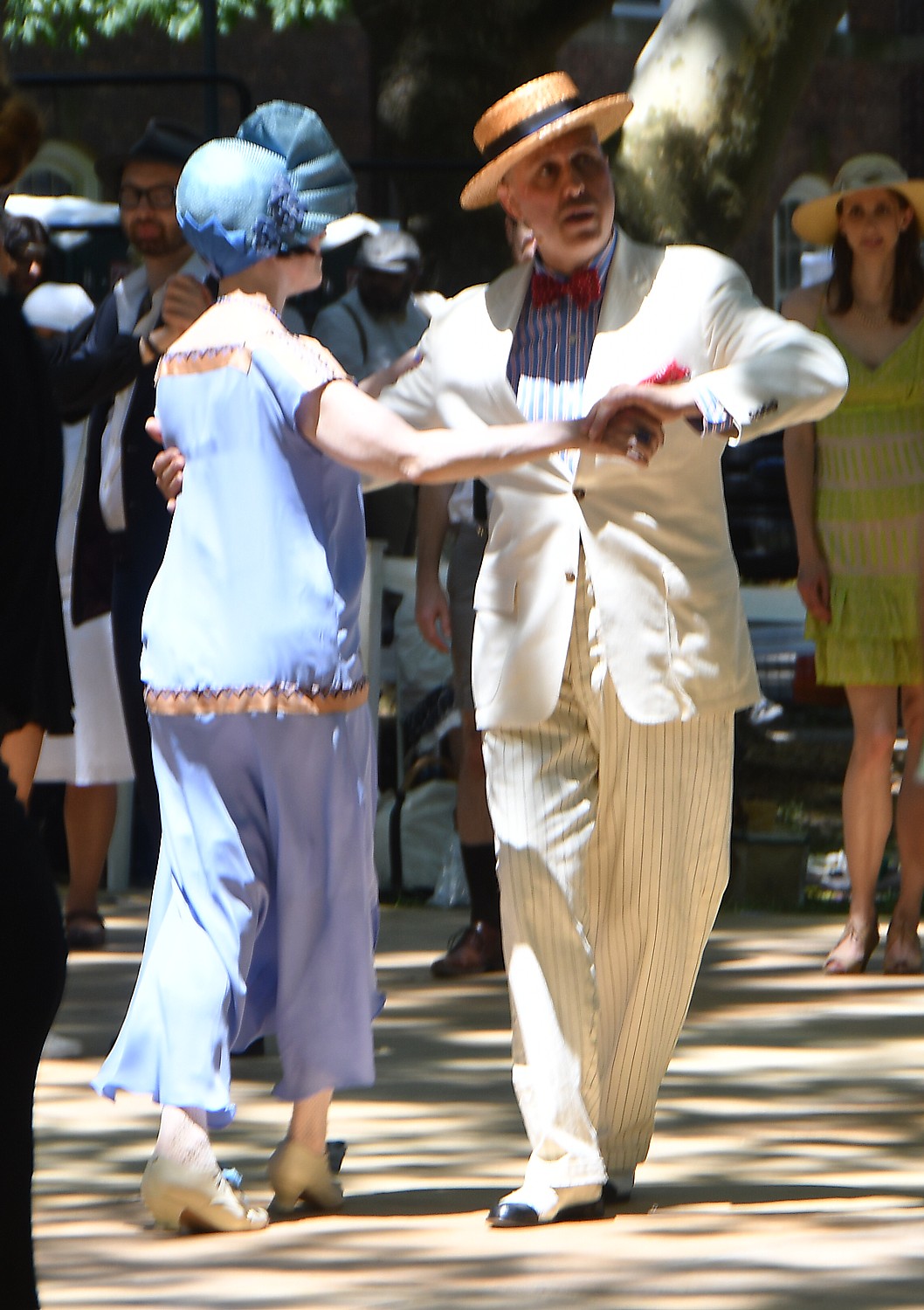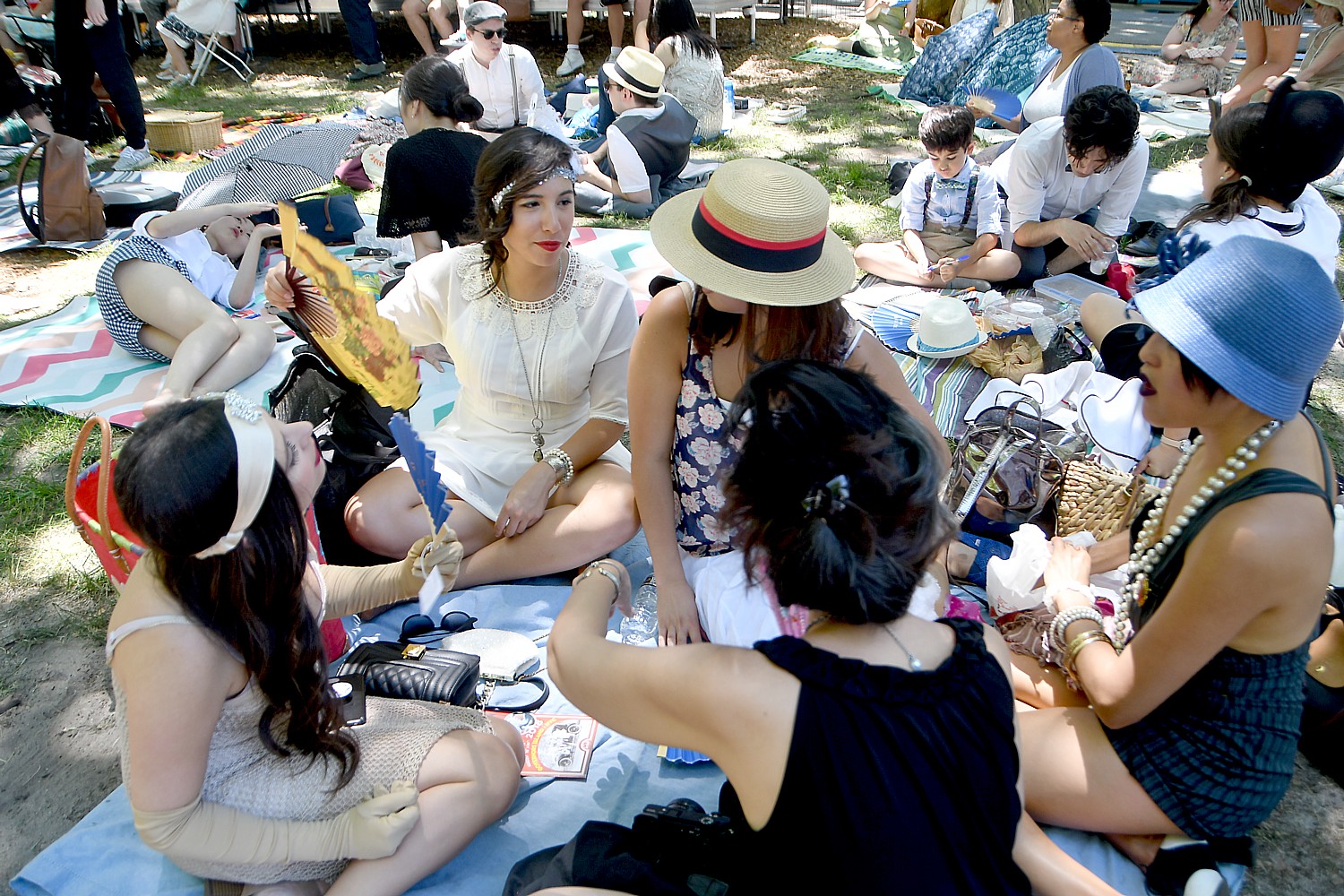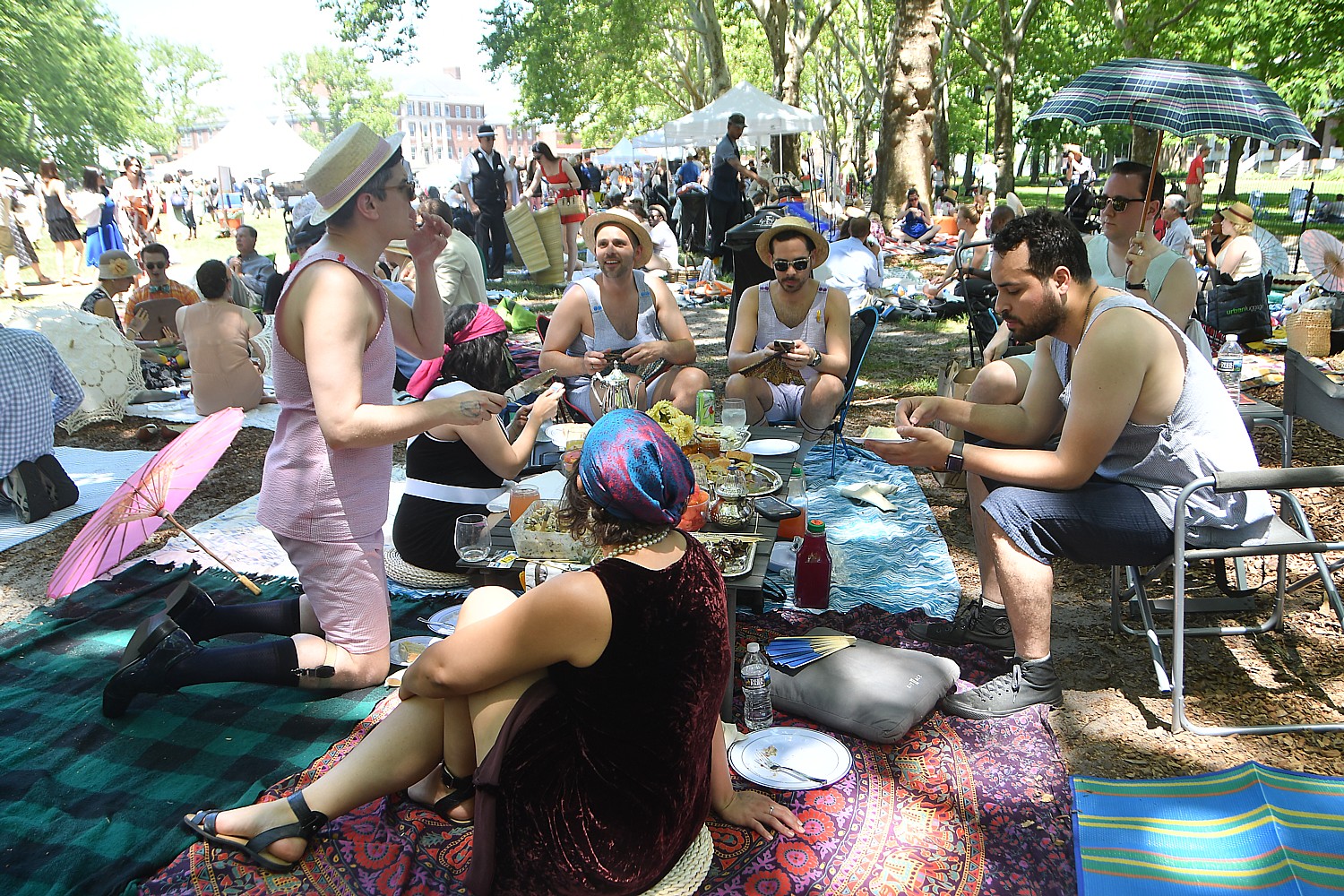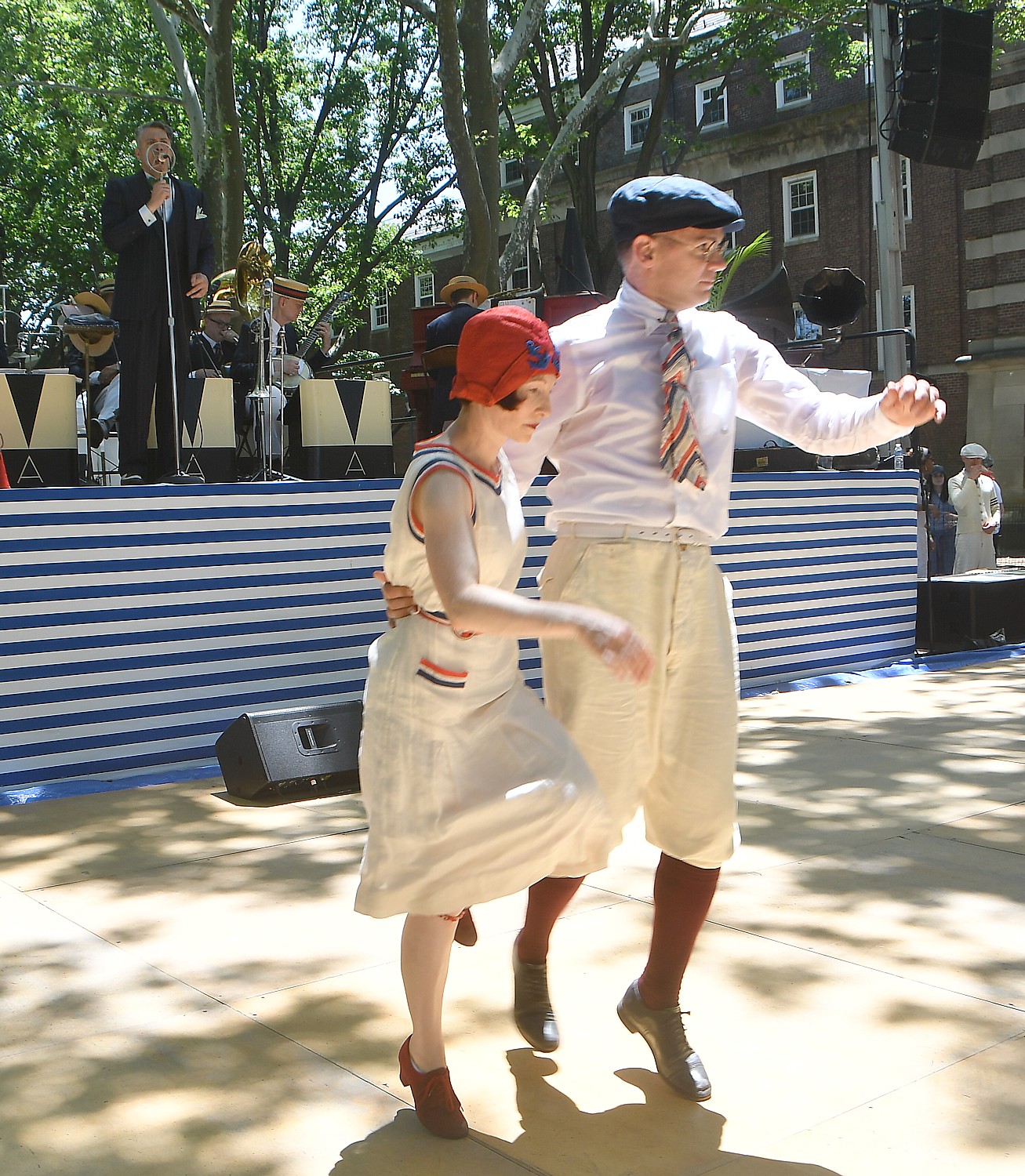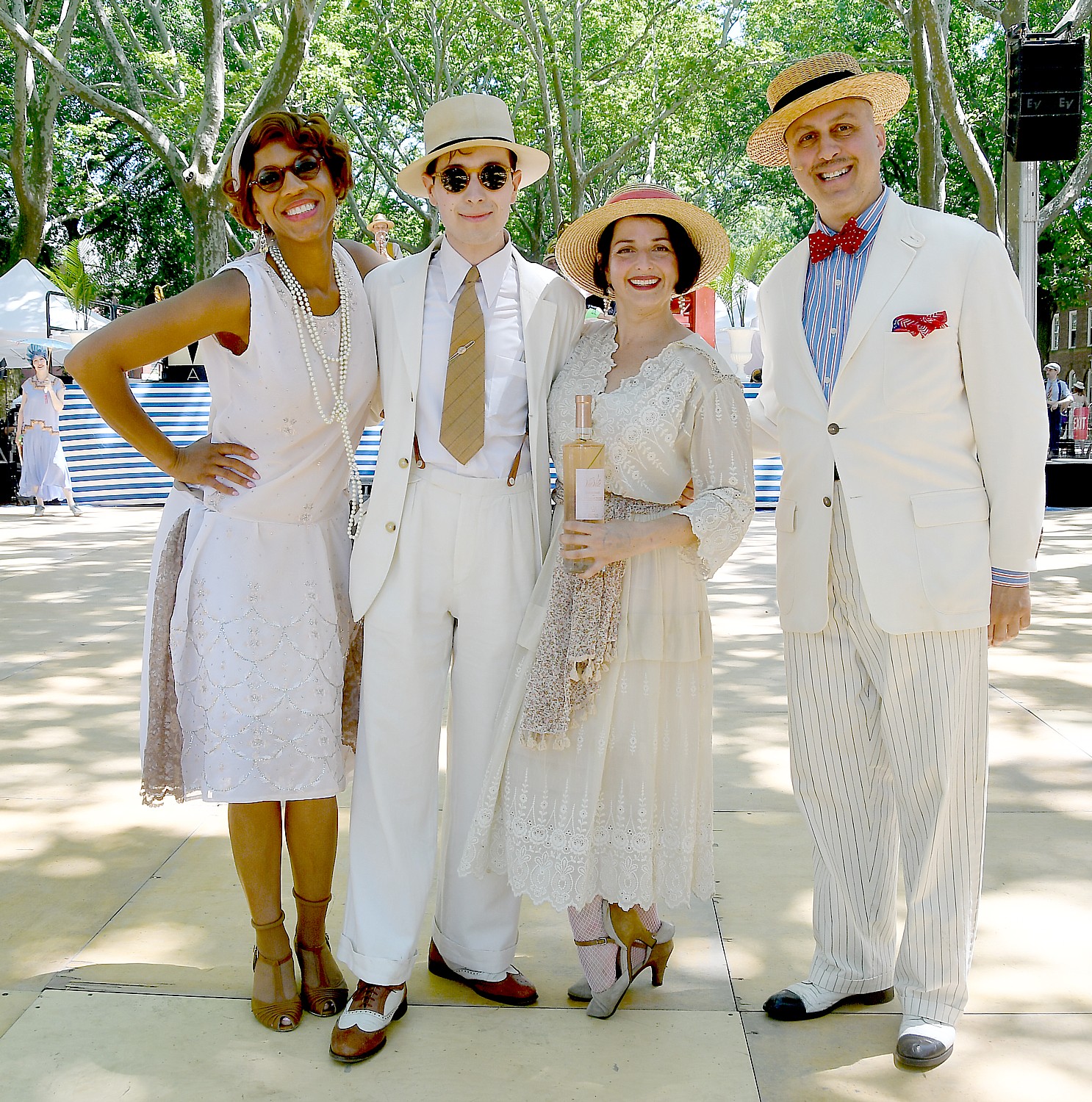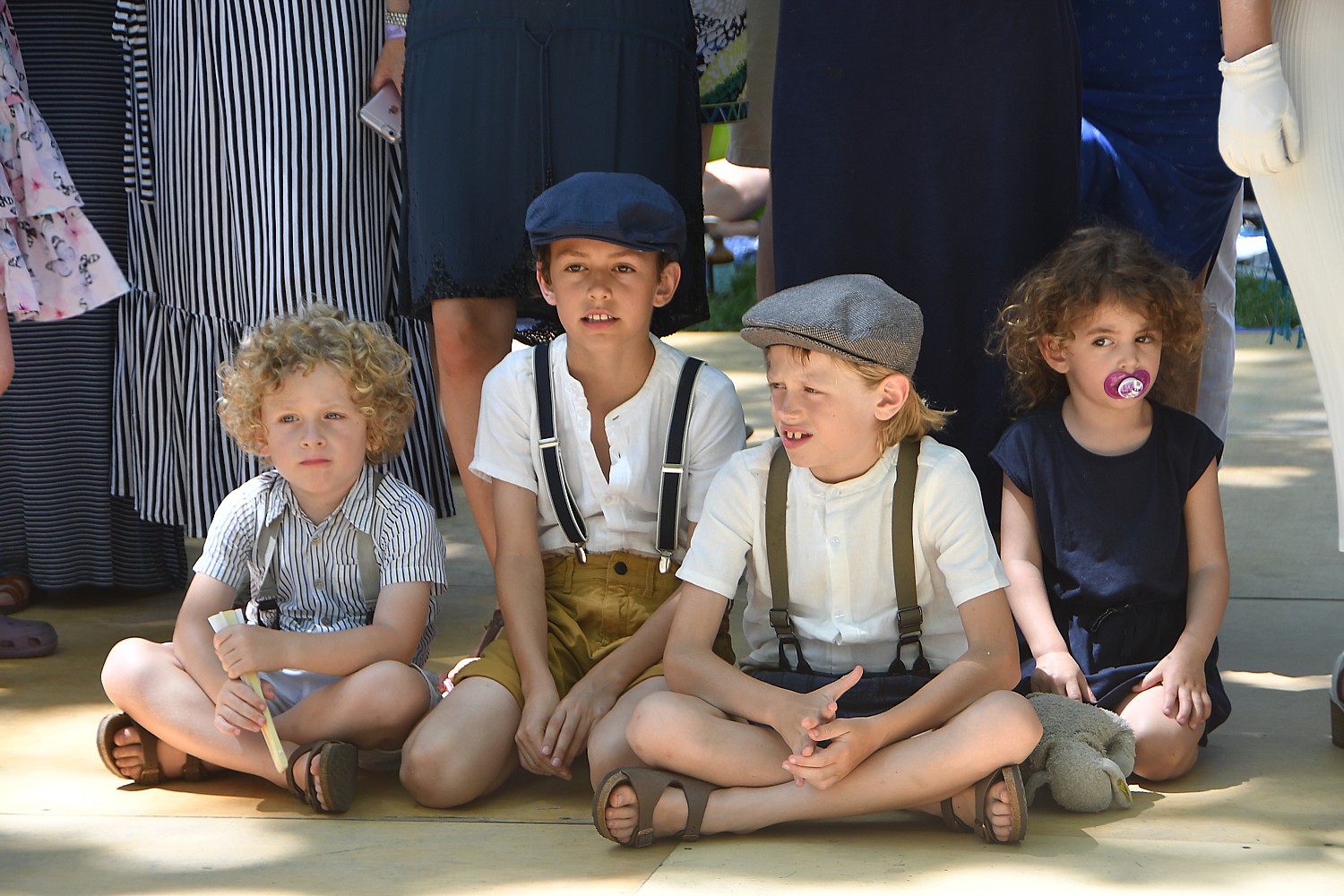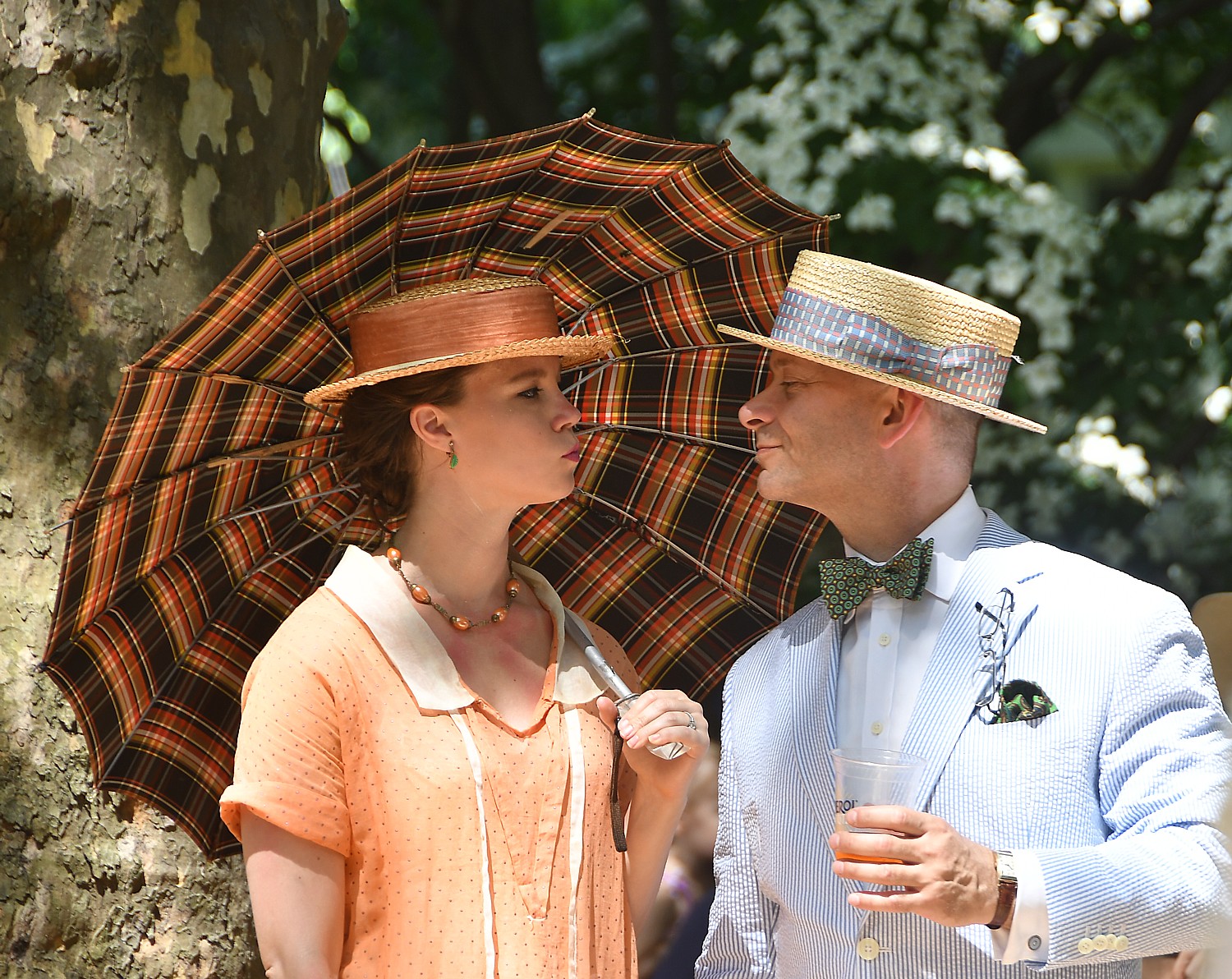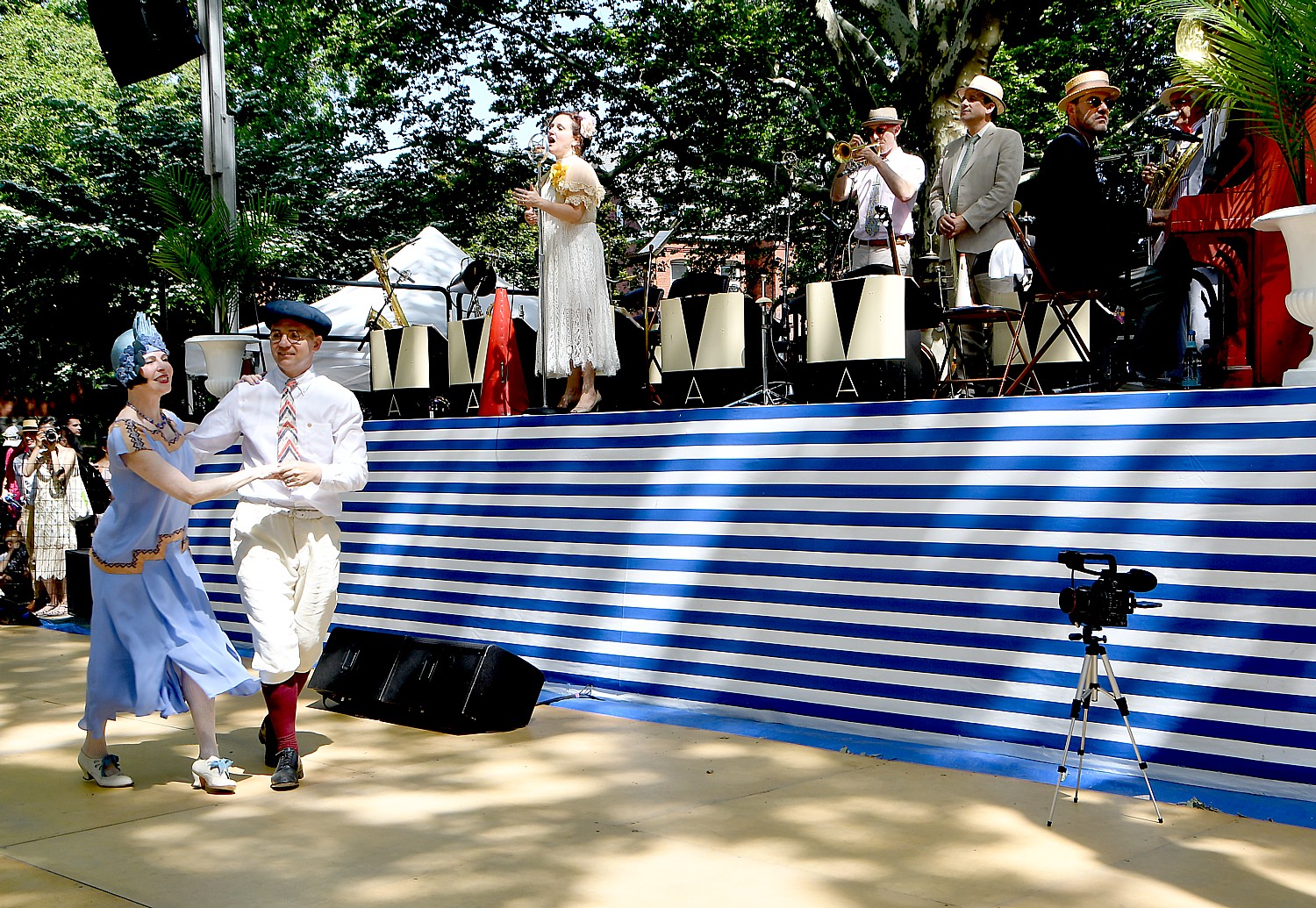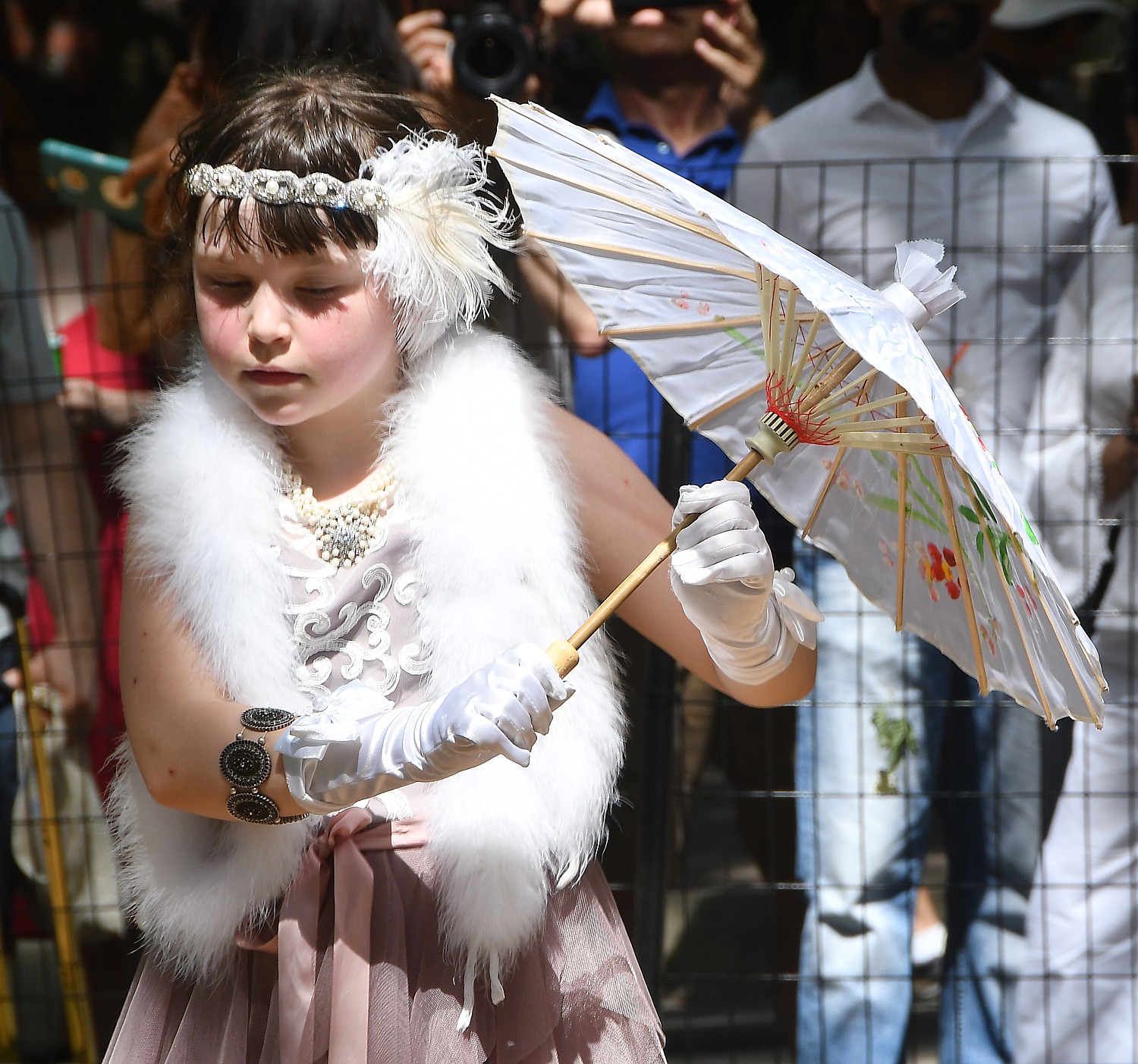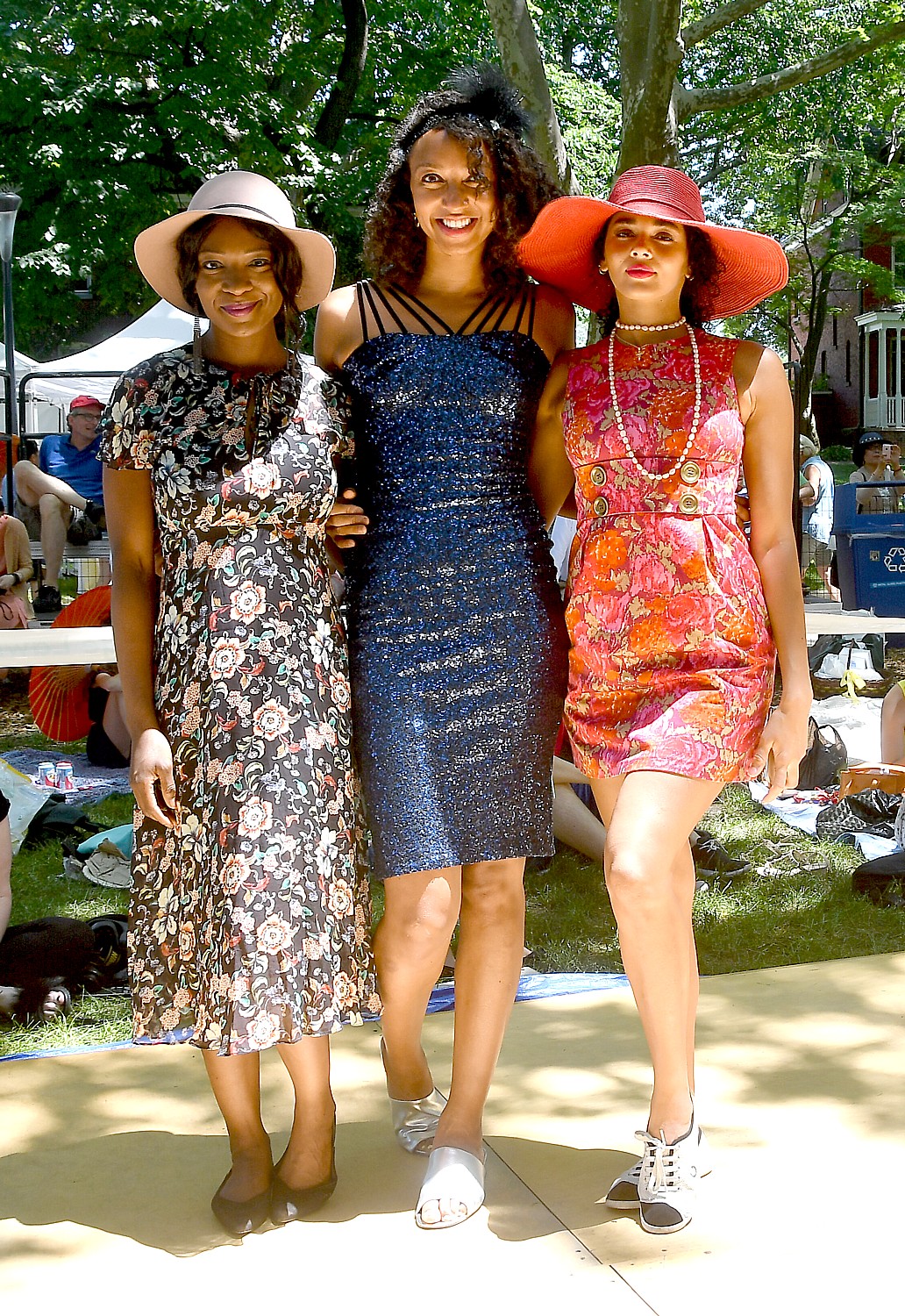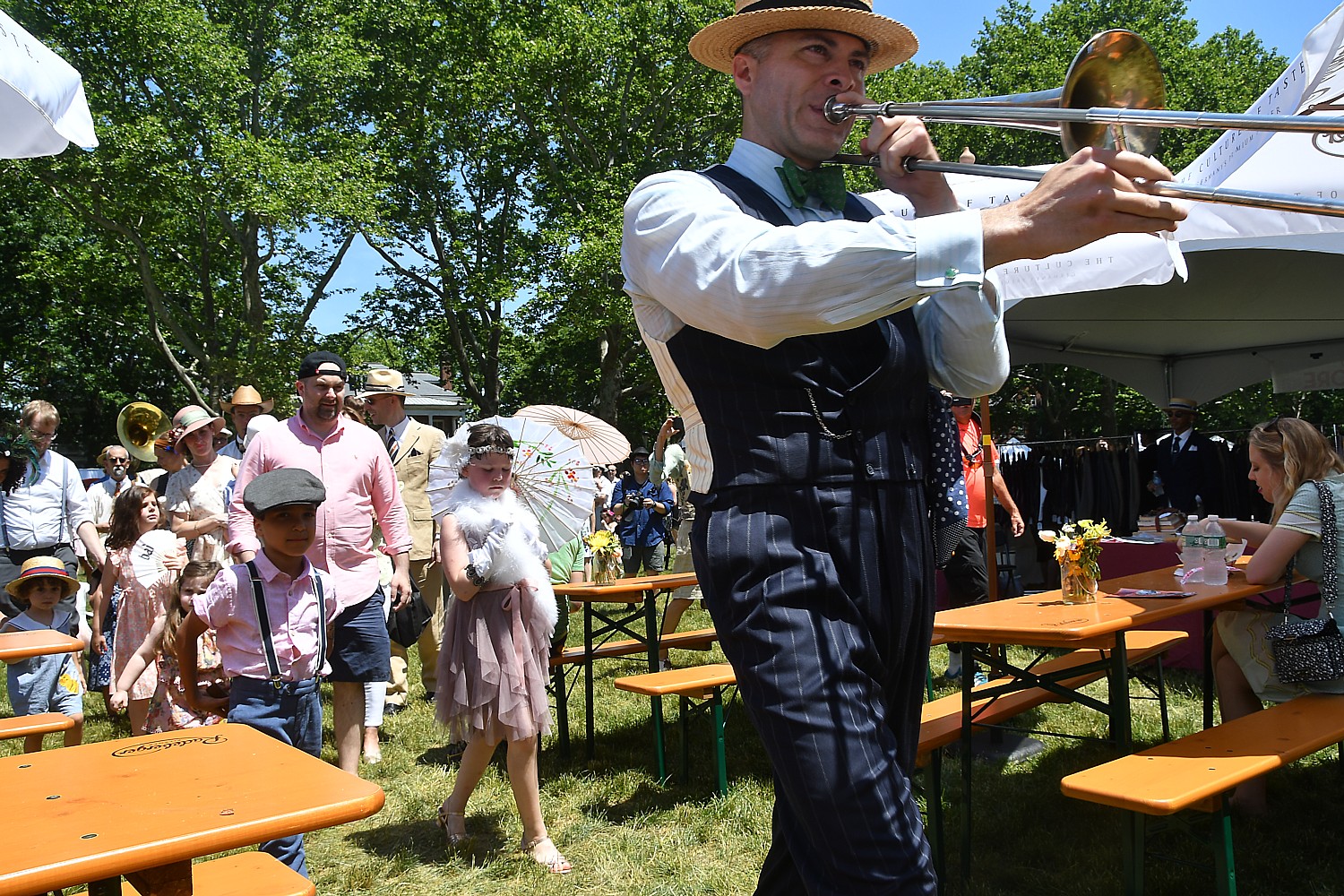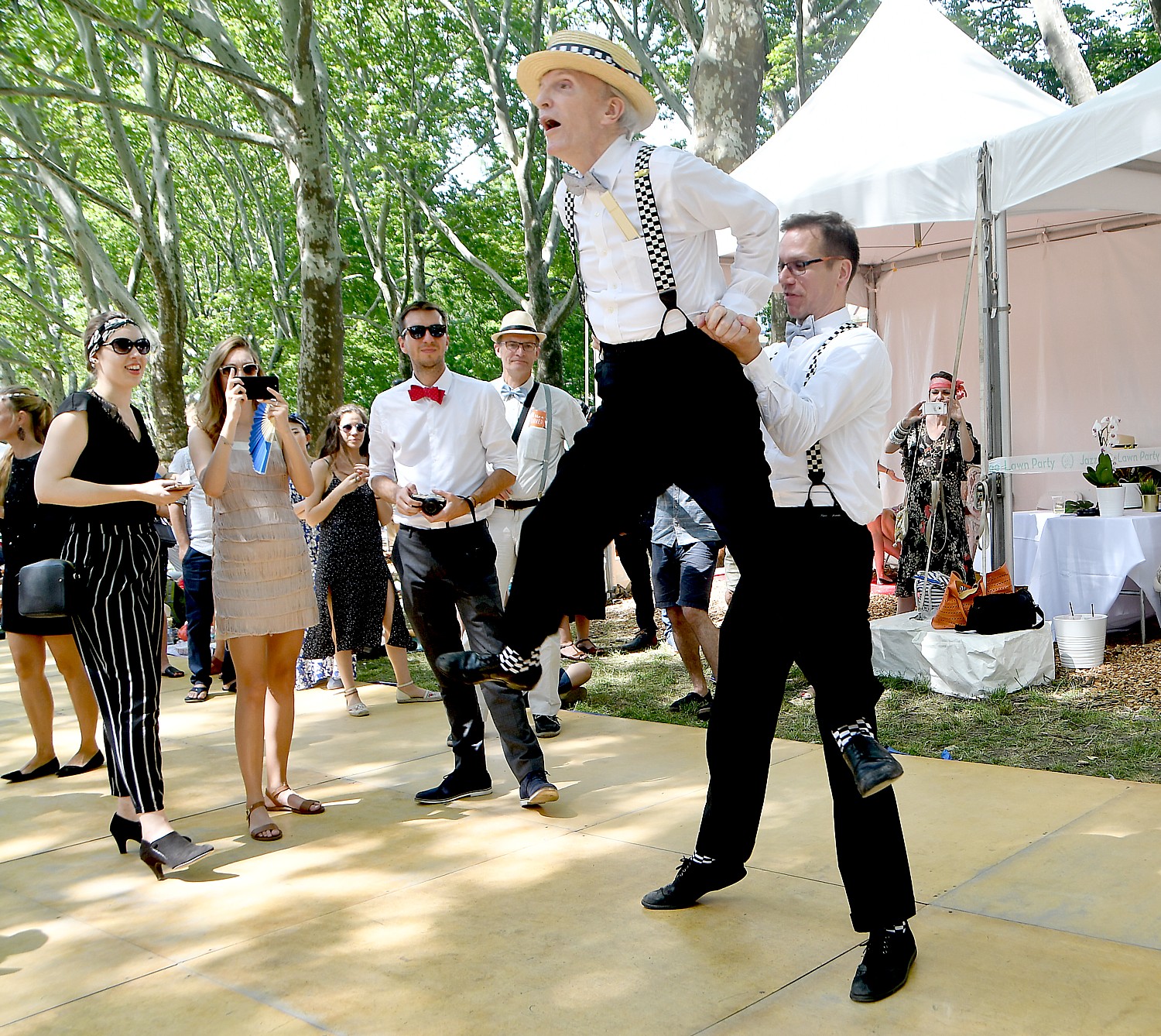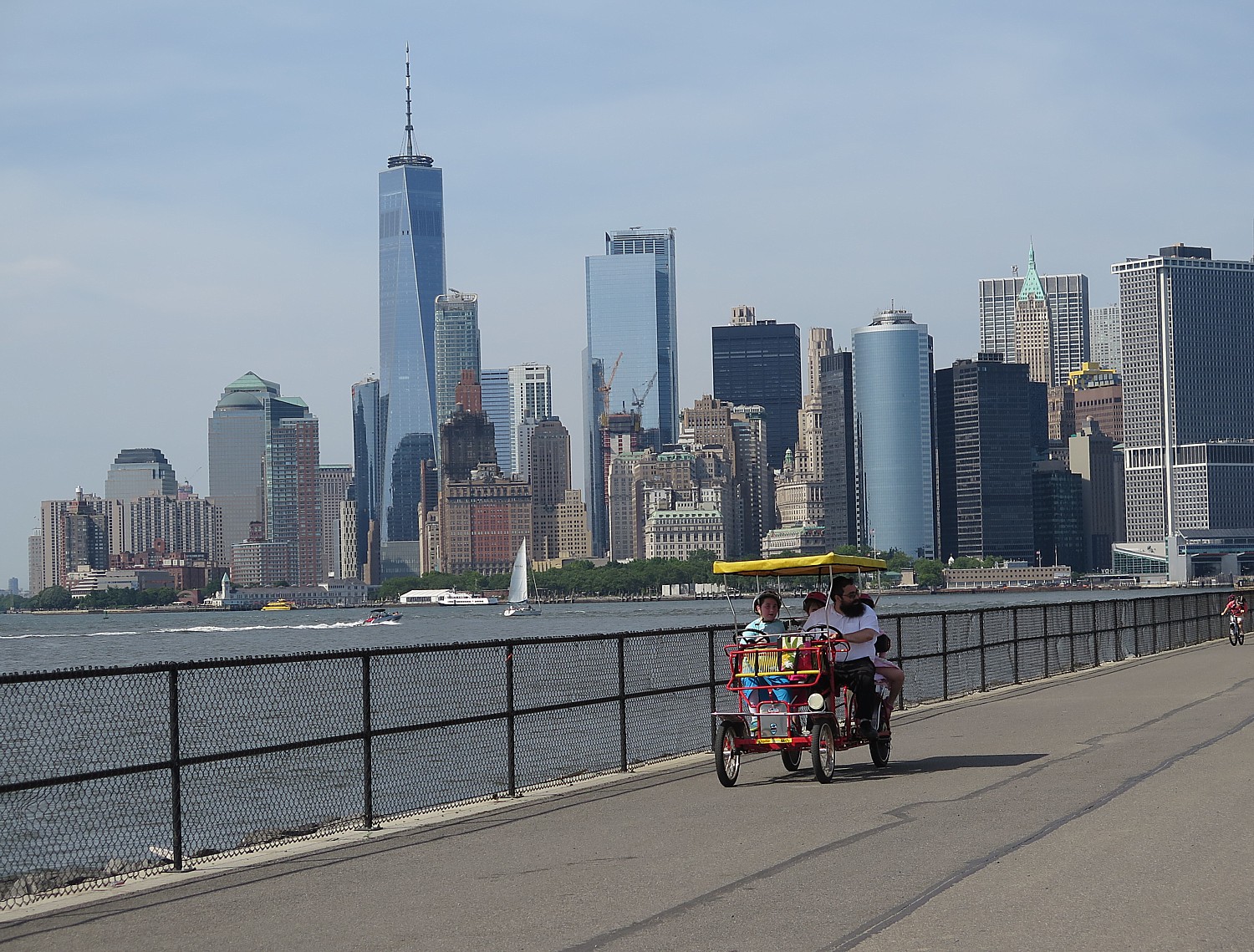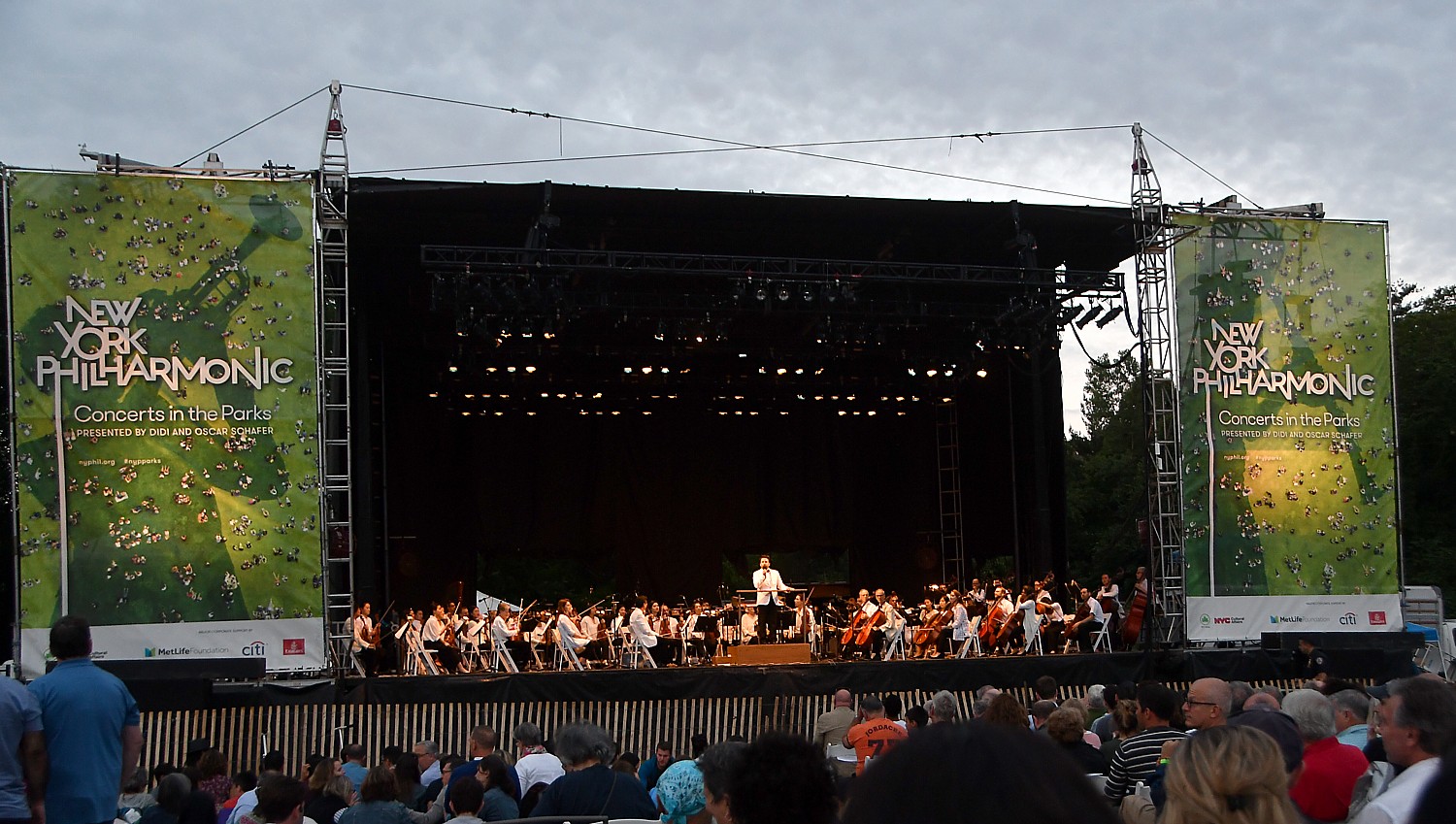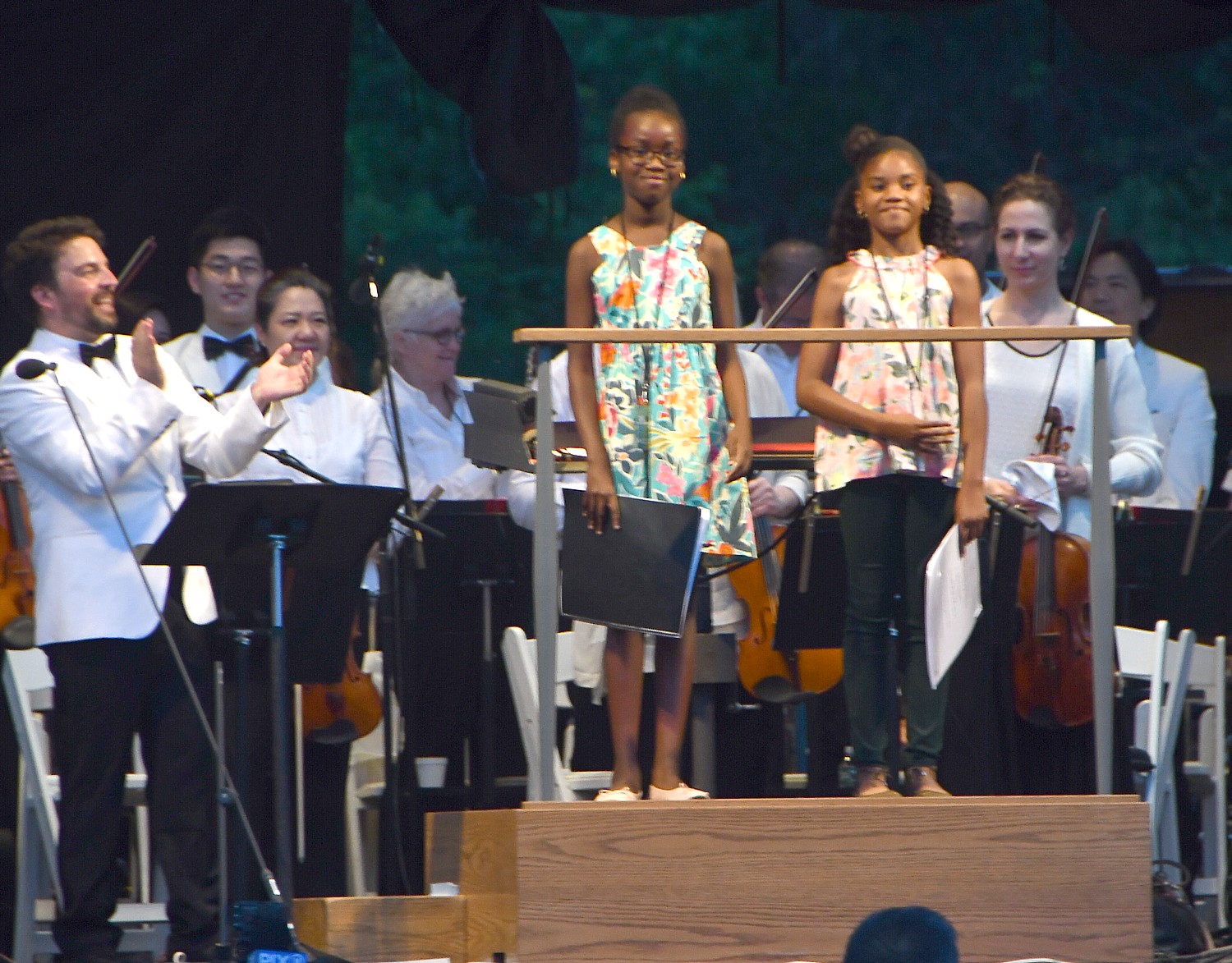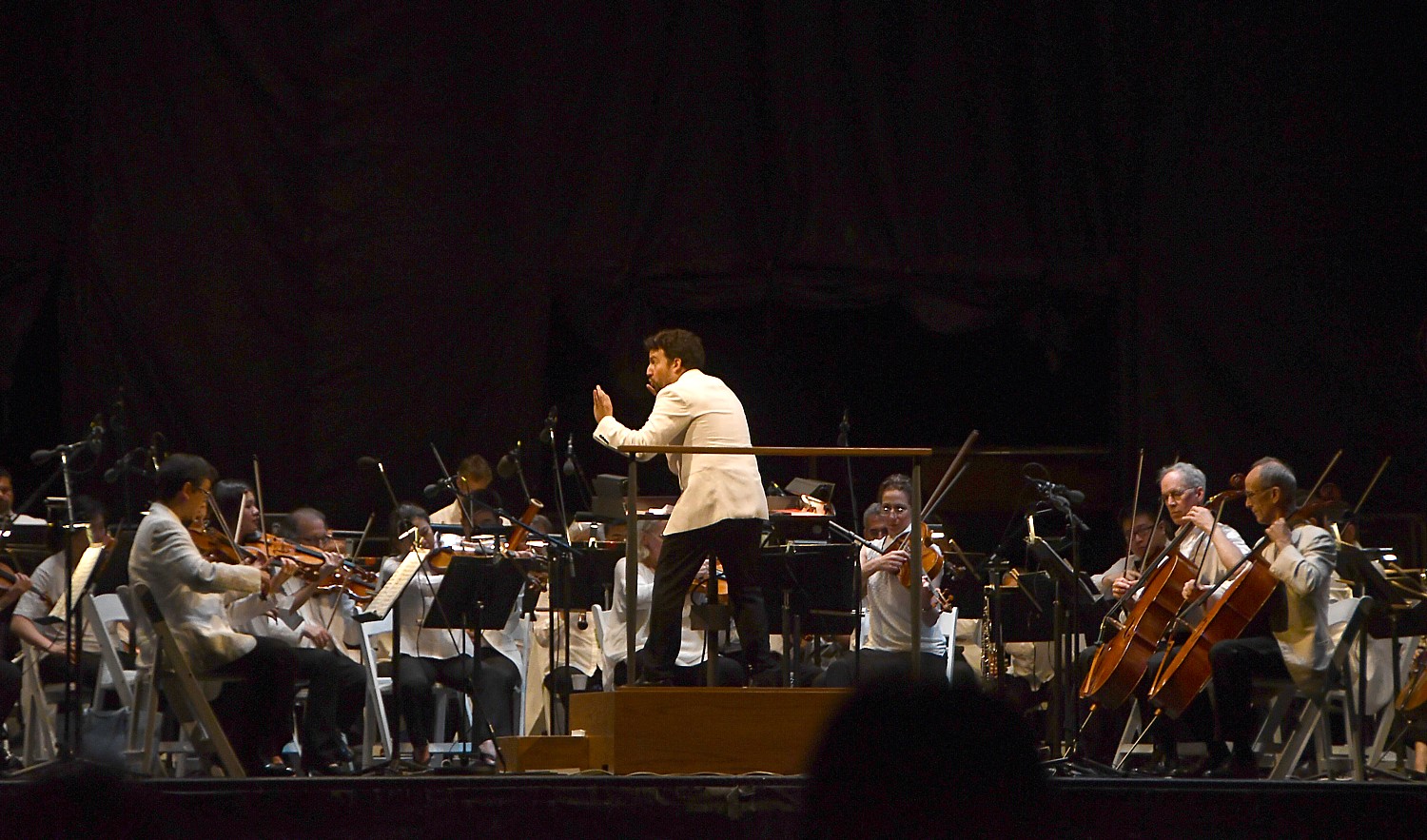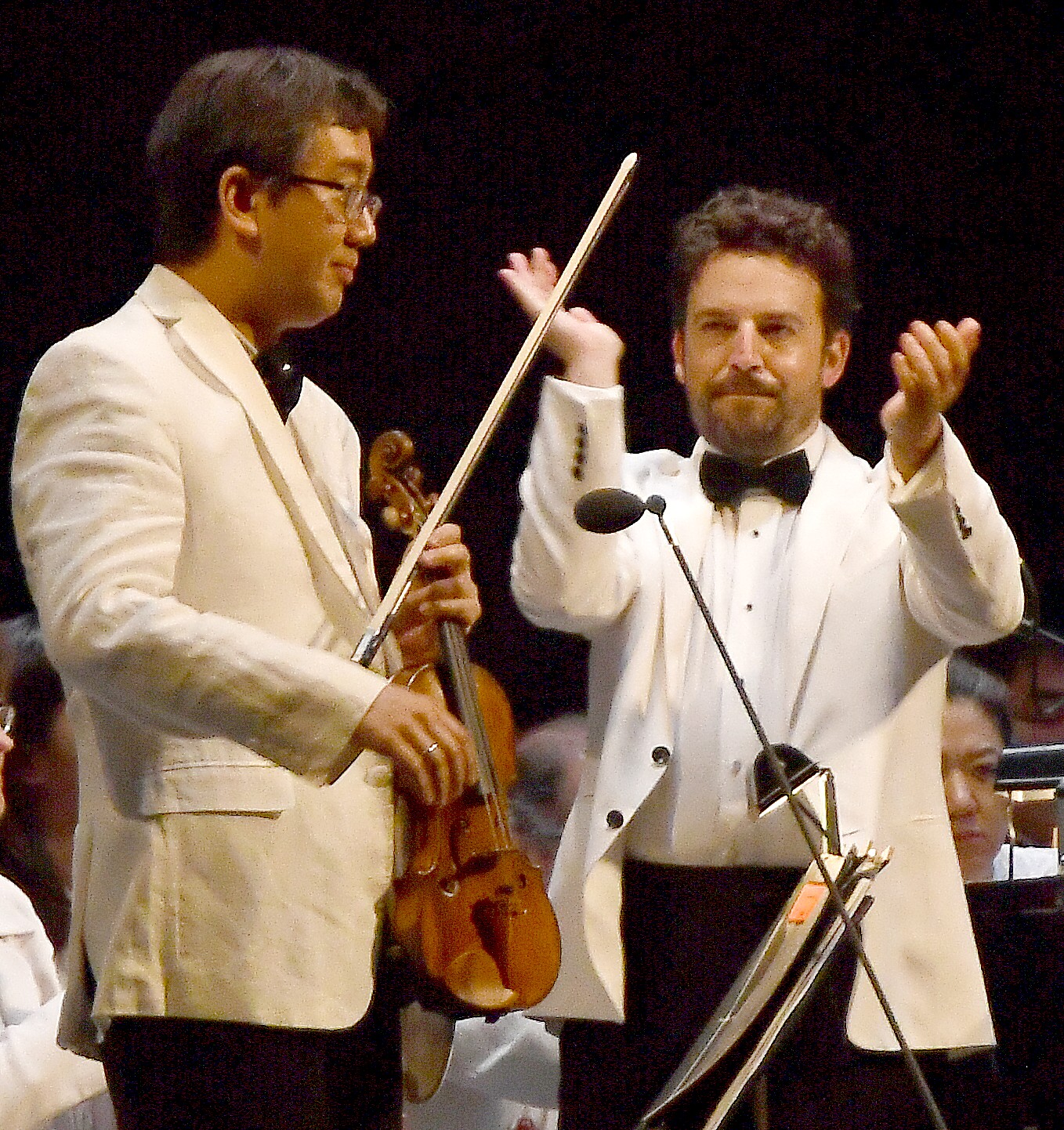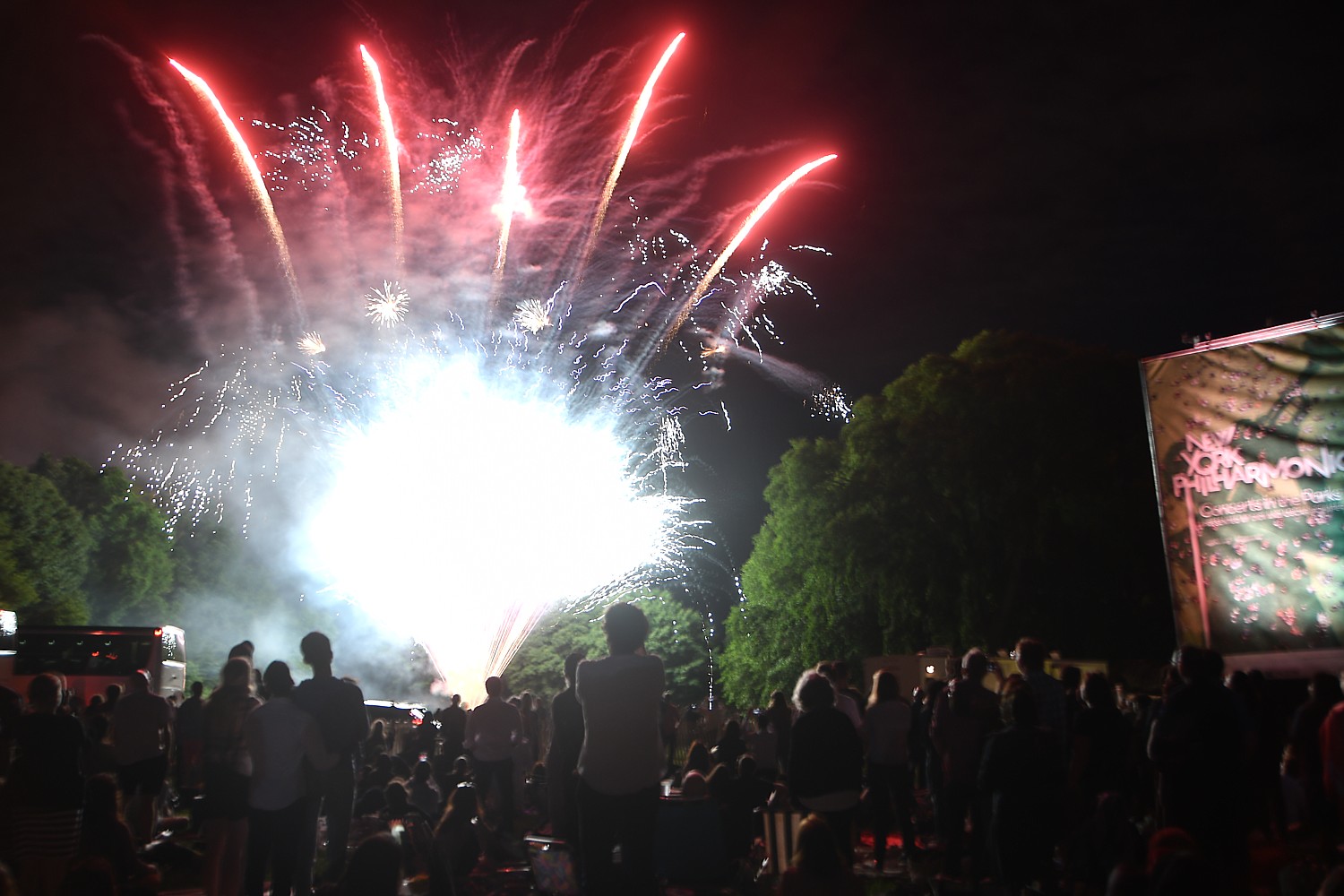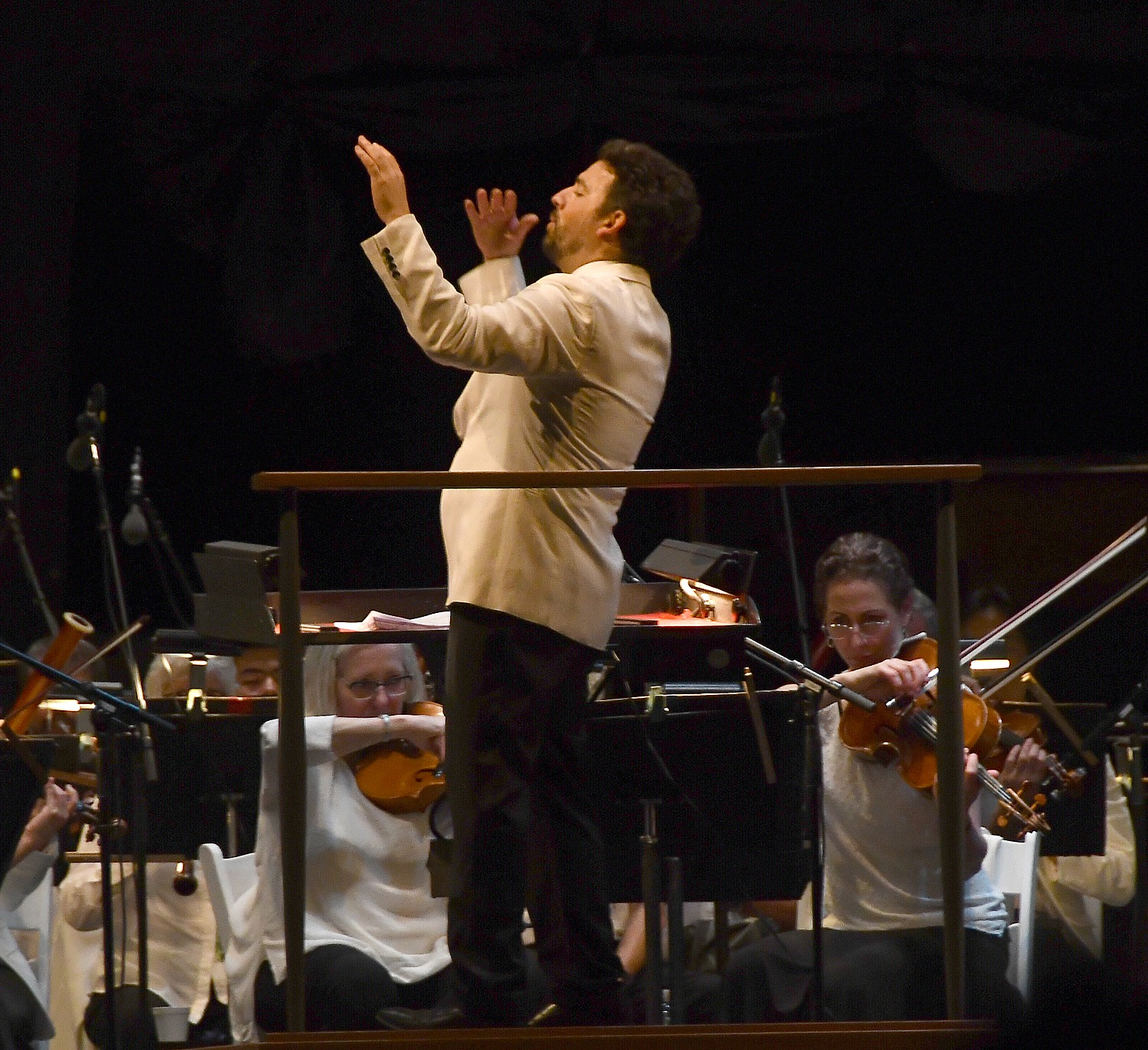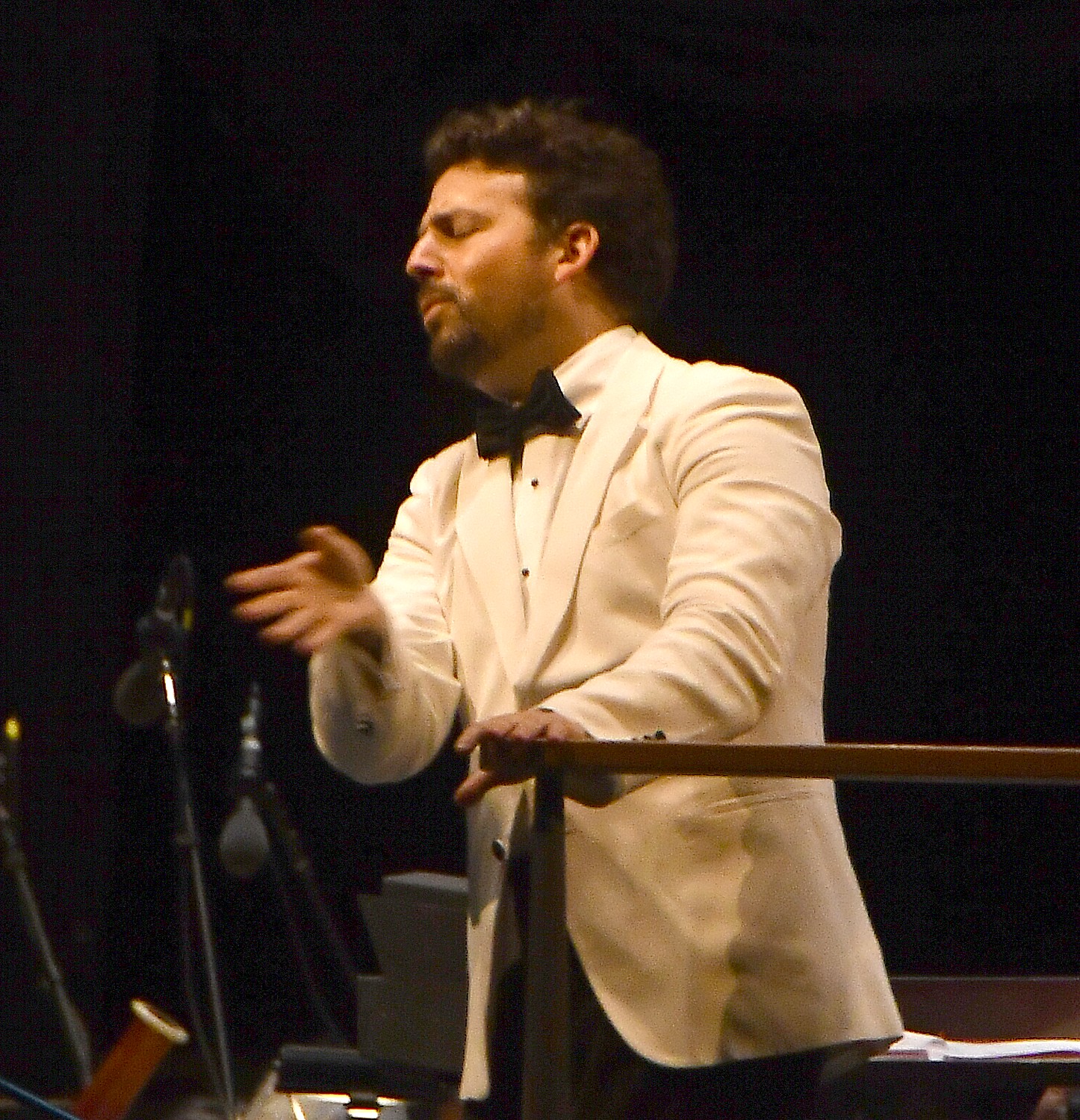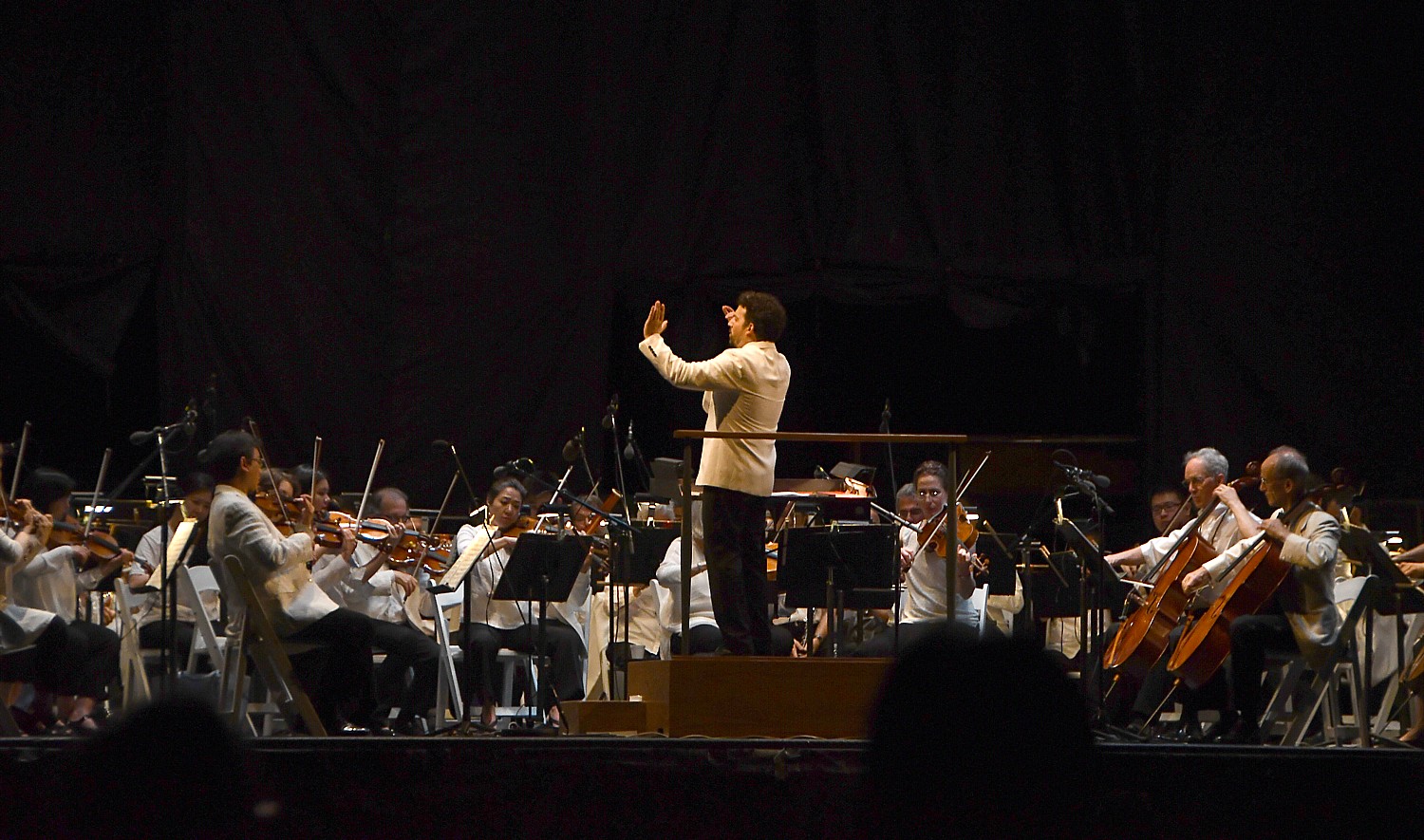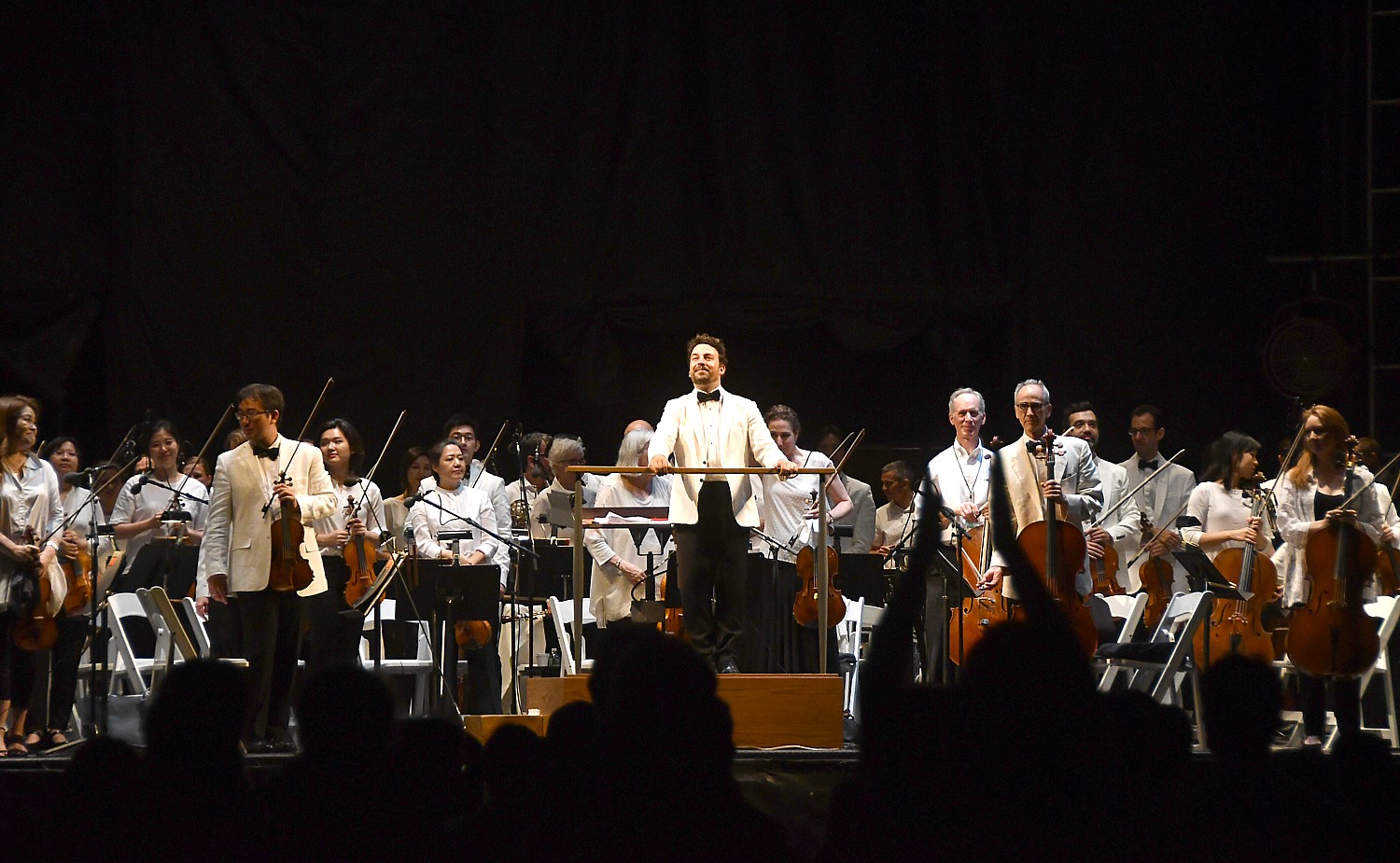
By Karen Rubin, Travel Features Syndicate, goingplacesfarandnear.com
If you really want to be freaked out by the KGB Spy Museum that opened just a few months ago in Manhattan, do what I did: come directly from Spyscape, where you learn about the whole business of being a spy, and be in the middle of reading a book like “The Plot to Destroy Democracy: How Putin and His Spies Are Undermining America and Dismantling the West,” by Malcolm Vance.
The KGB Museum would be scarier if it were not laid out somewhat like an antique shop (but aren’t all spy centers sequestered behind something innocuous like a tailor shop?). Row by row, there are some 3500 artifacts, all of them real, many on view publicly for the first time. They date from 1910 until 1991, the collapse of the Soviet Union when the KGB was replaced by the FSB. But these mundane objects – a lipstick, an umbrella, a pen – were lethal weapons; a tie pin and belt buckle were cameras; a heart reader could seek out a live person hiding even in a refrigerator. Another important tool? A thermometer to determine if a person were truly dead. And if a master key couldn’t unlock an apartment to install a bug? No matter, a transmitter could be aimed at the window from a huge distance to decipher the sound vibrations and eavesdrop anyway. There is even a letter remover which could take out a letter from its envelope, read its contents and replace it back in the envelope, without leaving a mark.

And then there is the “patient chair,” used in a psychiatric hospital, with scary restraints, that were used for interrogations under truth serum or other means.
It turns out that those fantastical gadgets from the James Bond movies, and even the Get Smart spy spoof, were actually based on the real thing. It seems that there is nothing too absurd in the spy world.
The KGB story is really scary though. KGB (КГБ in Cyrillic) stands for “Komitet Gosudarstvennoy Bezopasnosti,” which can be translated as the Committee for State Security. The KGB was the main security agency for the Soviet Union, and during the Cold War the KGB was in direct competition with the CIA and other state security agencies around the world for cultural, economic, and military dominance.

The KGB was born in the Russian Revolution – one of the artifacts is the carpet memorializing Lenin (not his real last name, it turns out) and the beginning of the Revolution in 1917 – and was initially designed to ferret out counter-revolutionaries, or enemies of the Communist state.
One of the world’s largest and most sophisticated intelligence operations, the KGB served a multifaceted role as both a spy agency outside of Soviet Union and a force of secret police within it.
You realize how pervasive and ruthless the KGB was (is), and sense the constant terror that the people must have lived under, as that term “enemies of the state” was broadened to mean any one who criticized or opposed the ruling party, the leadership or policies.
There are real doors from jail cells, and you look through at real video of real prisoners. Those who were placed in solitary were allowed nothing to wear but their underwear; they could sleep only four hours, when the bed would be closed up, and fed only bread and water for 5 to 15 days.

One of the world’s largest and most sophisticated intelligence operations, the KGB served a multifaceted role as both a spy agency outside of Soviet Union and a force of secret police within it.
Some of the best engineering and scientific minds were employed to devise gadgets and gizmos – miniaturizing cameras, maximizing surveillance and detection, inventing new ways of transmitting.
“Virtually undetectable, the agency used its state-of-the-art tools and ruthless methods to seamlessly monitor the citizens’ lives and keep them in constant fear of repercussions for any subversive behavior. The investment in the spy technology had a devastating toll on the country’s economy yet it was deemed the most effective and necessary way to keep the state isolated from the rest of the world and keep the Western world out.”
With spies operating in countries all over the world, the KGB had a vast influence on world affairs, which reached its peak during the Cold War. KGB Spy Museum presents a never-before-seen collection of items used in the missions of prominent KGB agents, illuminating the strategies and methods that underlay many of history’s top-secret espionage operations.
In addition to perusing artifacts and learning about the history of the notorious agency, you can read and listen to real stories from spies, witnesses and journalists as well as explore and interact with authentic objects, such as telephone switchboards (most of the operators who connected the calls and then listened in on conversations were KGB), encryption machines, an interrogation chair, designed to extract information from suspects and enemies.

One of the most interesting stories surrounds a wooden Great Seal in one of the cabinets, that was also one of the KGB’s greatest triumphs, that arose out of the famous summit in the Crimea of Stalin, Churchill and FDR. The head of the KGB, Lavrenty Beria, had a replica of the Great Seal made as a gift for Ambassador Averell Harriman, presented most charmingly by cherubic Young Pioneers (like boy scouts) as a “gesture of friendship.” But inside was an ingenious bug that used electromagnetic energy instead of an external power supply. It hung above the Ambassador’s desk in Moscow for seven years before it was exposed in 1952. “The Americans couldn’t figure out how it worked for a year and a half,” my guide, Sergey, says. (The original is in the NSA’s Cryptology Museum in Washington.)
The inventor of the Zlatoust/Receiver LOSS, Lev Sergeyevich Termen, was a physicist and a musician, who began his career by developing previously unseen electronic musical instruments. In 1947 he won the Stalin Prize for Inventions of Listening Devices.
One of the objects that is literally one-of-a-kind, is a record player made expressly for Stalin; there is also a safe, made by the Bernstein company in Berlin, that came from KGB HQ, still containing the currency that would have been enough to buy 30 cars. Both indications of the privilege along with the power amassed by the Communist leadership despite their calls for a equal society.

Among the rarest objects, which are a point of pride, also seem mundane but were “mechanical masterpieces”:
Tool set КАРОЕД/KAROED (Bark beetle): This is a manual set of special drills and instruments for drilling very narrow holes less than 0.04 inches without any sound in the tree or plastic. Holes were needed to listen to secret conversations with a help of secret microphones. These sharp and pointed drills are specially machined from the very hard metal. The set includes drill extensions, which can be used to drill holes in 3.3 ft and even thicker walls or wooden floors. A special hand-held drill holder had a stopper to drill holes of a certain depth to protect the drill from coming out across the wall by making only a small, hardly visible hole. A special container collects shavings in order not to leave any suspicious marks.
Also very rare: KGB secret drill ИГЛА/IGLA (needle): “It is a unique mechanical masterpiece – the drill IGLA. This very complicated drill reflects the name ‘needle’, because it drills a very thin hole through the concrete. It drills with the help of air compressor with abrasive dust to avoid the sound and vibration. Even the drilling sound was designed by the constructors to simulate that era washing machine Малютка/Maliutka. The person at home thought that a neighbor was probably doing the laundry. The Igla drill had a hole through which the air pressure was inflated according to the manometer readings, and when the drill approached the outside of concrete wall, the air pressure dropped in the drill as the air went out and the drill automatically shut off. The hole was 0.04 inches in size. If the walls were painted or lined with ceramic tiles, the eye did not even see the hole or dust outside. With this drill, the abrasive powder and concrete dust were absorbed by air. Agents who were very patient, slow and responsible were chosen to drill such a hole. In order to drill a 4 inches concrete wall took about 4 hours, and with the preparation – the whole day. Agents, through drilled miniature holes, installed listening or photo devices. After the operation, they applied a hole with the cement mixture and no suspicious marks were left.”

There’s an old fashioned phone where you can “dial” a selection of officials. My guide, Sergey, dials Putin and hands me the phone so I can hear Putin talking (it’s like listening to the LBJ telephone tapes at the LBJ Presidential Museum in Austin). There are also actual phones on display from KGB offices that would have features to disguise the voice at the push of a button.
The two spy experiences – Spyscape and the KGB Museum – have completely different approaches and perspectives, but they complement each other so well, especially when visited one after the other.
Spyscape is modern, state of the art, interactive, pulse-pounding, engaging, immersive experience. KGB is old-school but so relevant today, with the Russian actively hacking elections and using social media to impact US and other elections, policy, and political discourse.
“The KGB Spy Museum aims to present espionage and intelligence operations in an educational and interesting way, emphasizing the importance of human intelligence and setting out a frame of reference for the public to appreciate the great extent to which spies have always influenced world events. The Museum has a policy of presenting the history of espionage without political bias, thus offering visitors a factual and balanced view of the subject. “
The Museum is open daily 10 a.m. to 8 p.m. Tickets are available online or in the museum. You need about 1 ½ hours to visit. Tickets are adults (18-64)/$25; Children 7-17, seniors, students, $20; a guided visit, minimum 3 people is $43.99.
KGB Museum, 245 W 14th Street, NY 10011, kgbespionagemuseum.org.
See also: Spy v Spy Has New Addresses in NYC: At Spyscape Find Your Place in World of Espionage
_____________________________
© 2019 Travel Features Syndicate, a division of Workstyles, Inc. All rights reserved. Visit goingplacesfarandnear.com, www.huffingtonpost.com/author/karen-rubin, and travelwritersmagazine.com/TravelFeaturesSyndicate/. Blogging at goingplacesnearandfar.wordpress.com and moralcompasstravel.info. Send comments or questions to FamTravLtr@aol.com. Tweet @TravelFeatures. ‘Like’ us at facebook.com/NewsPhotoFeatures


